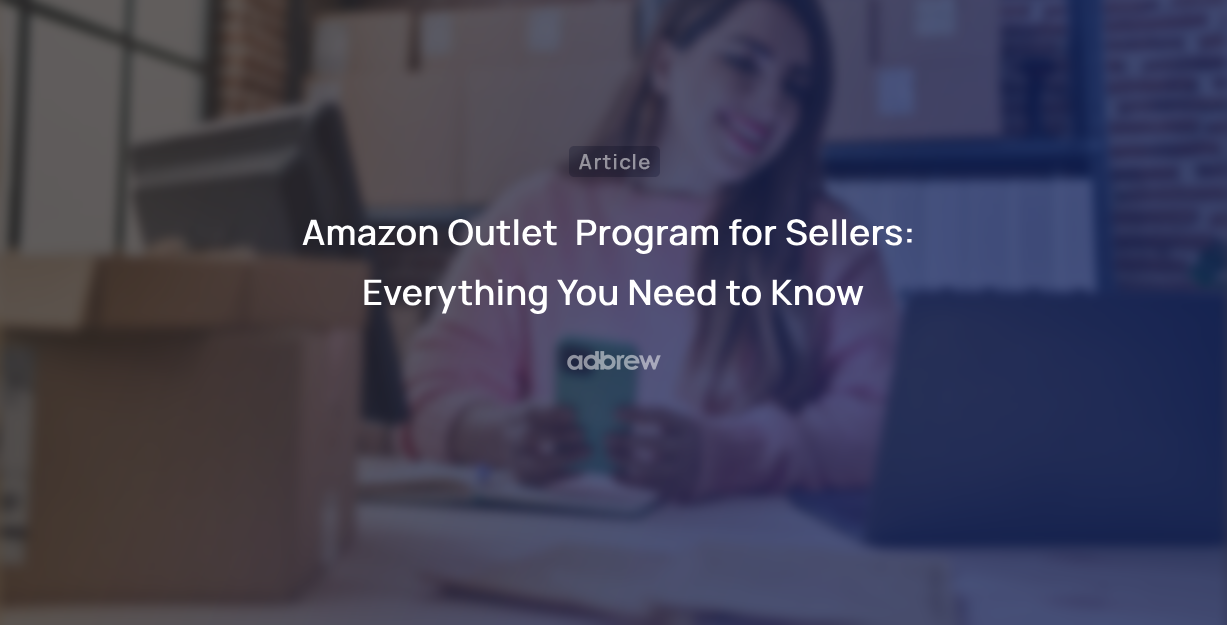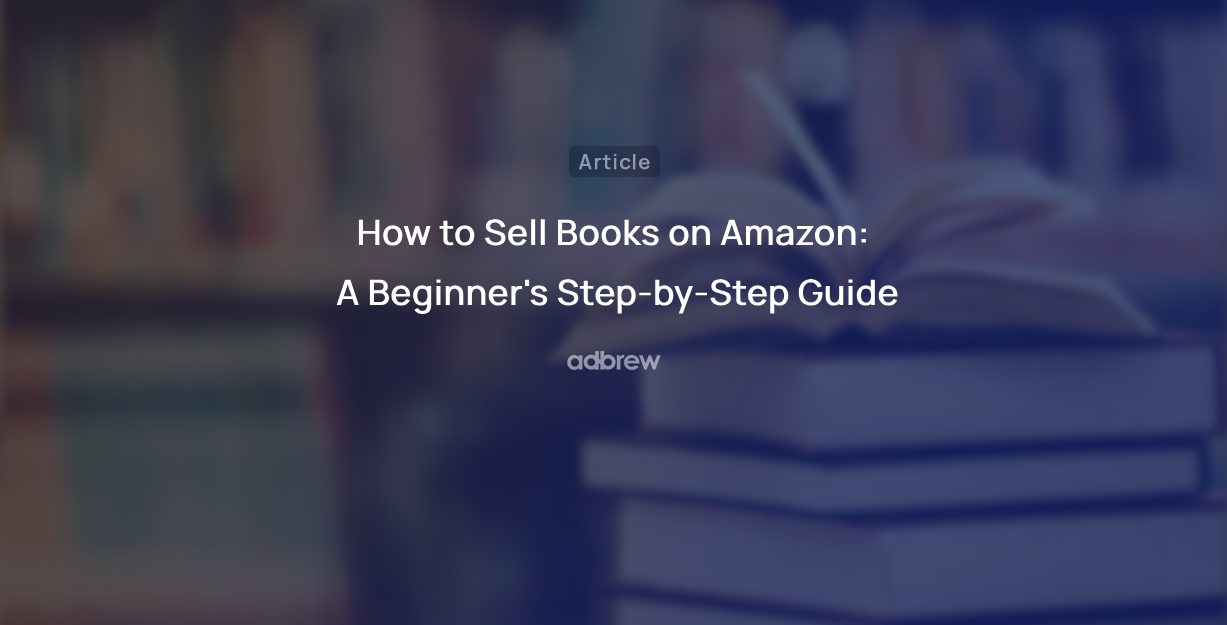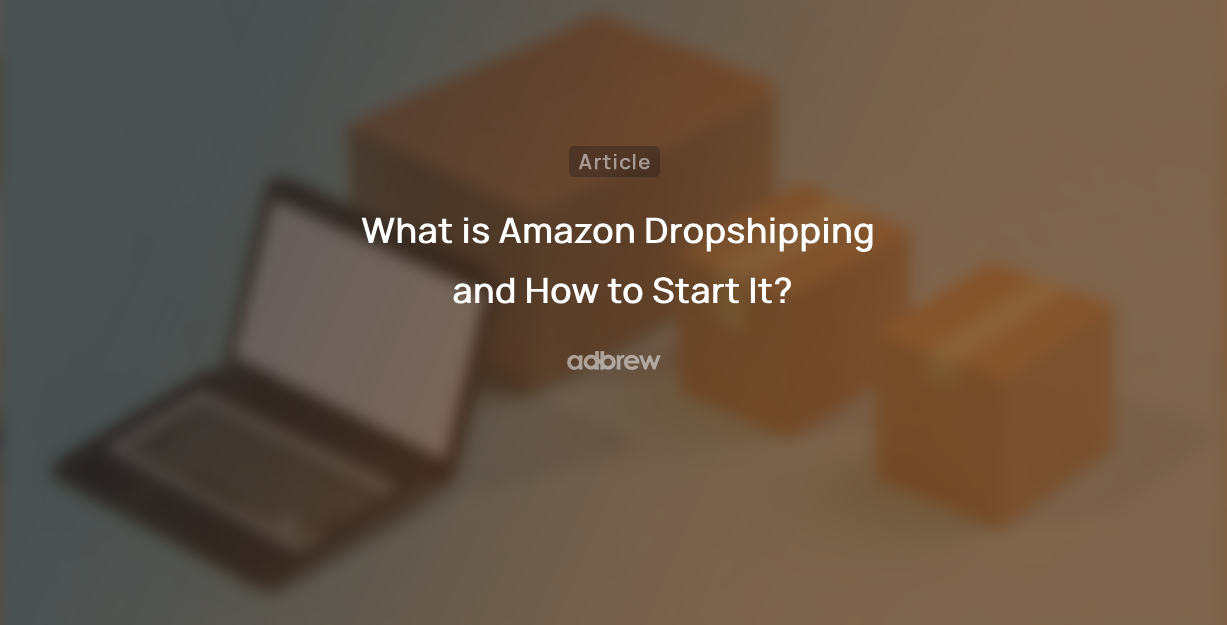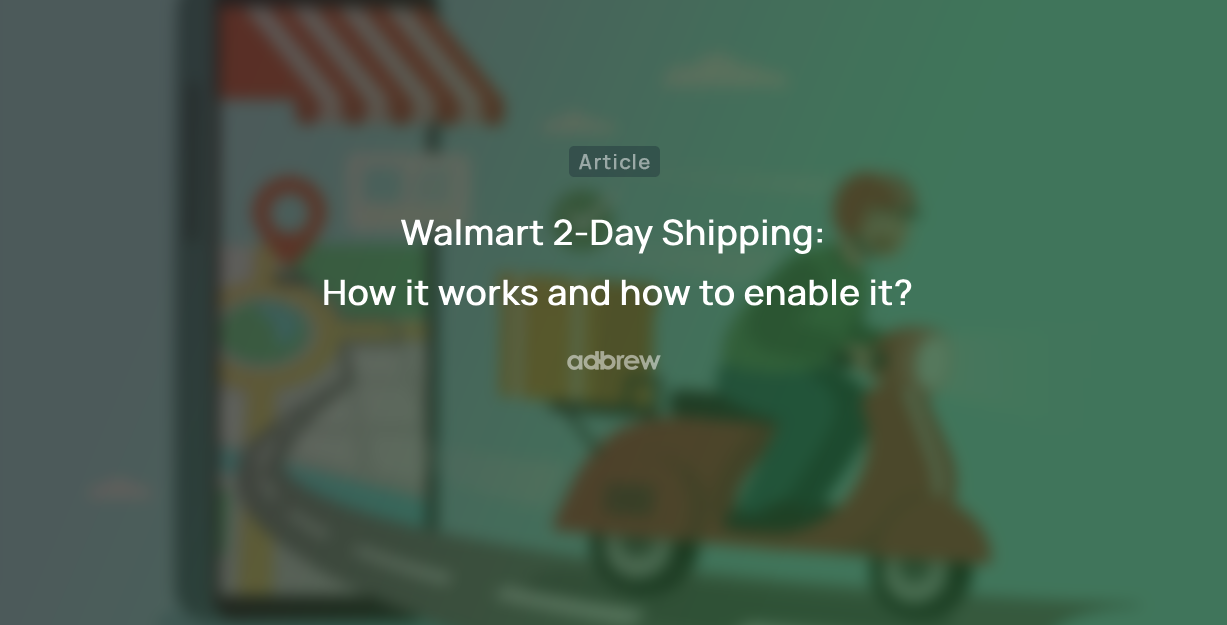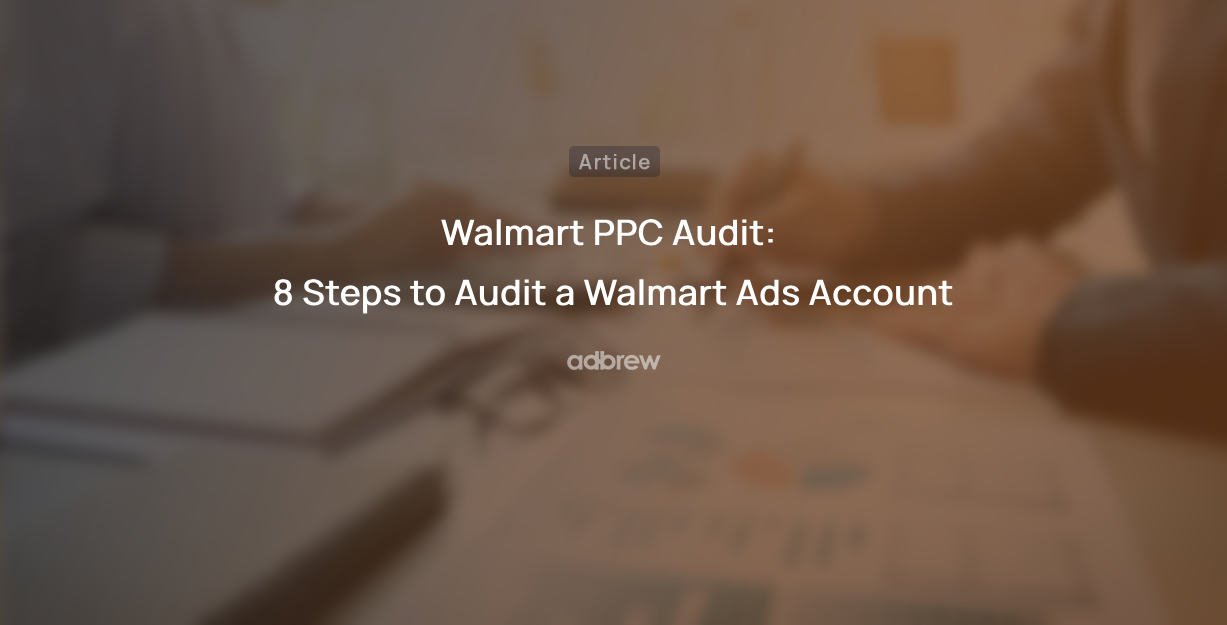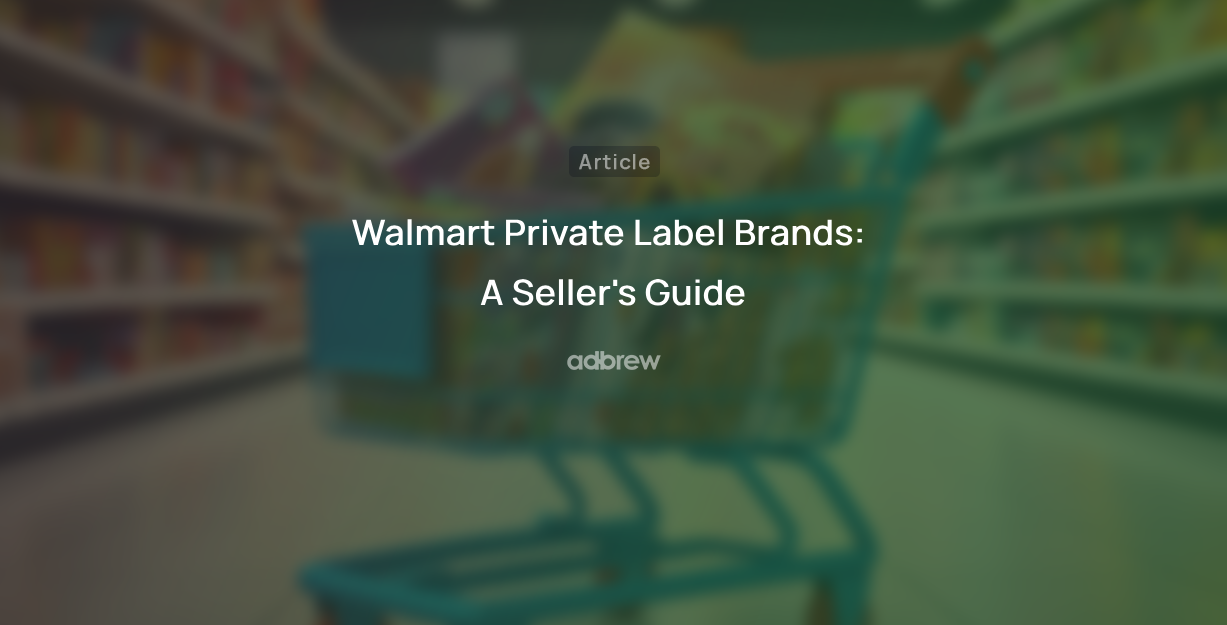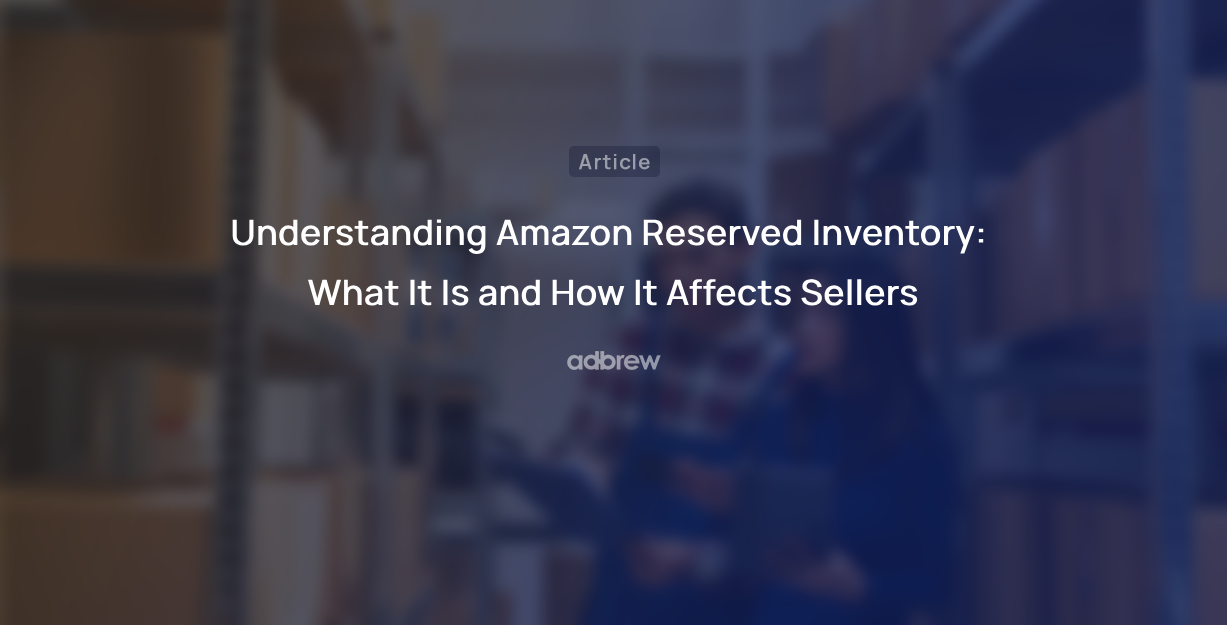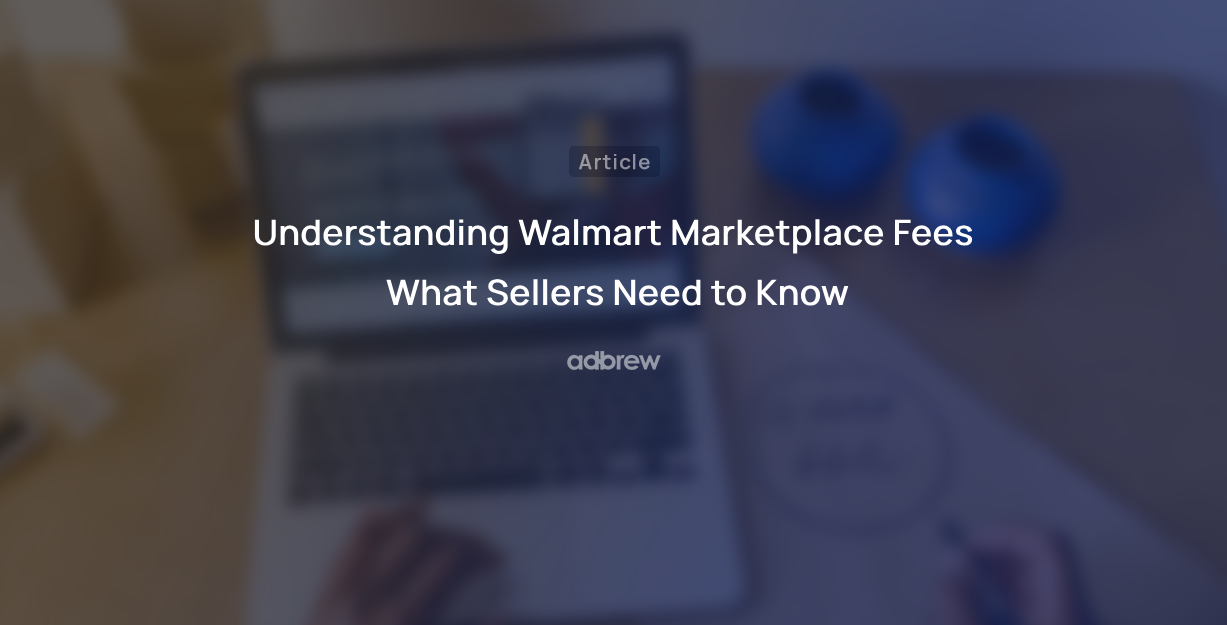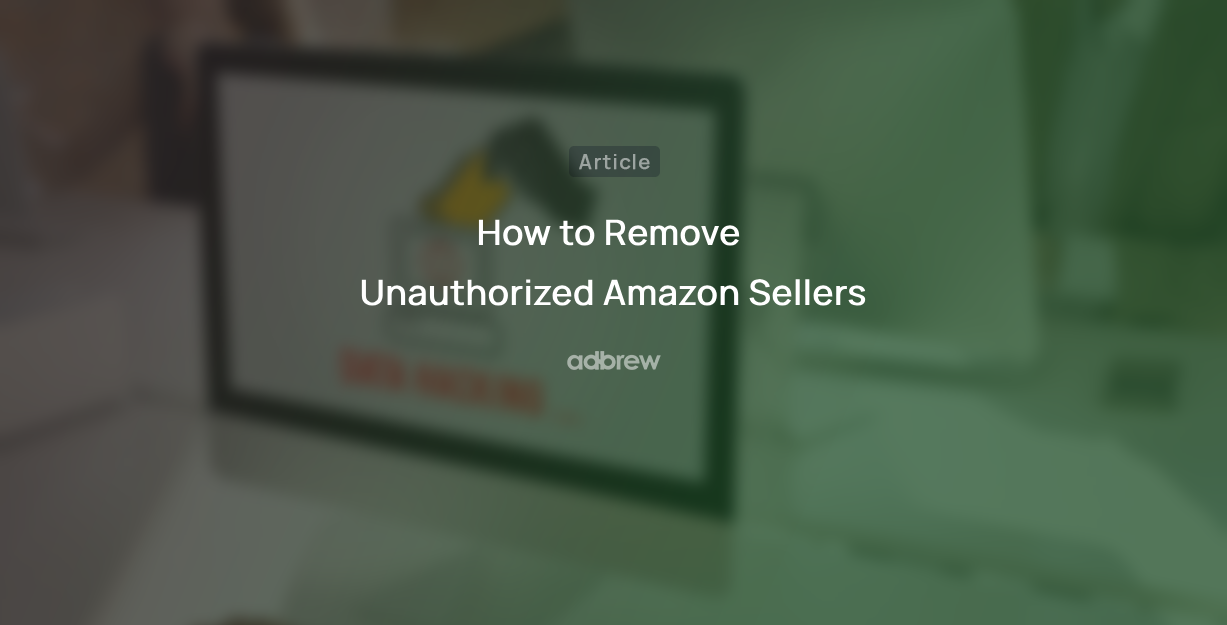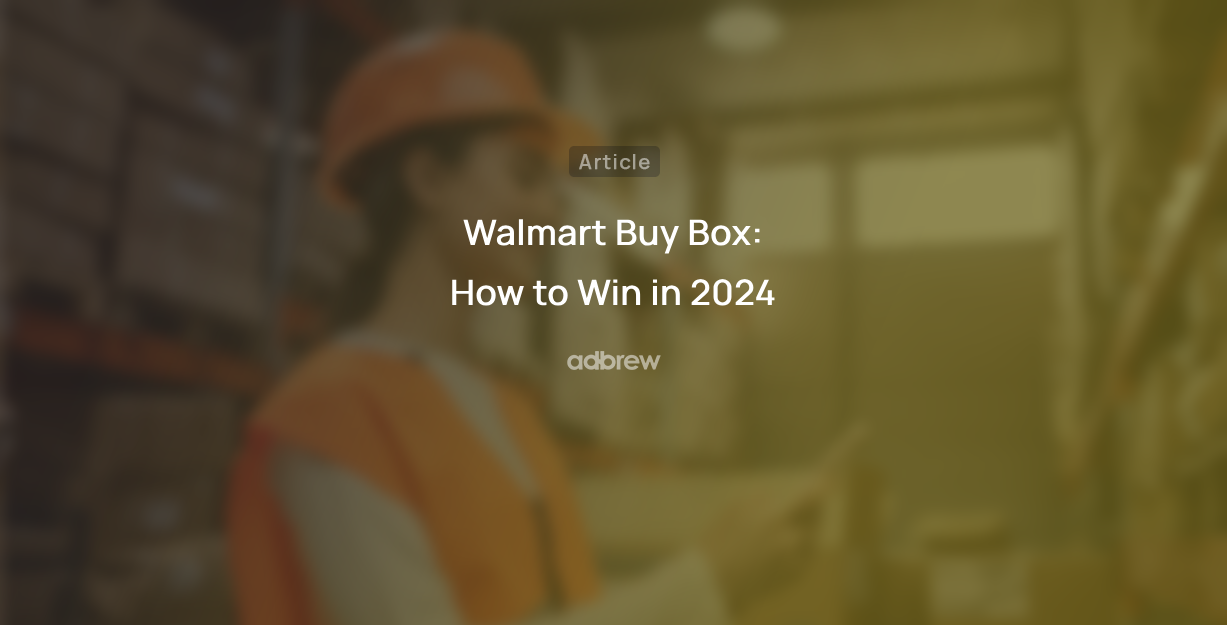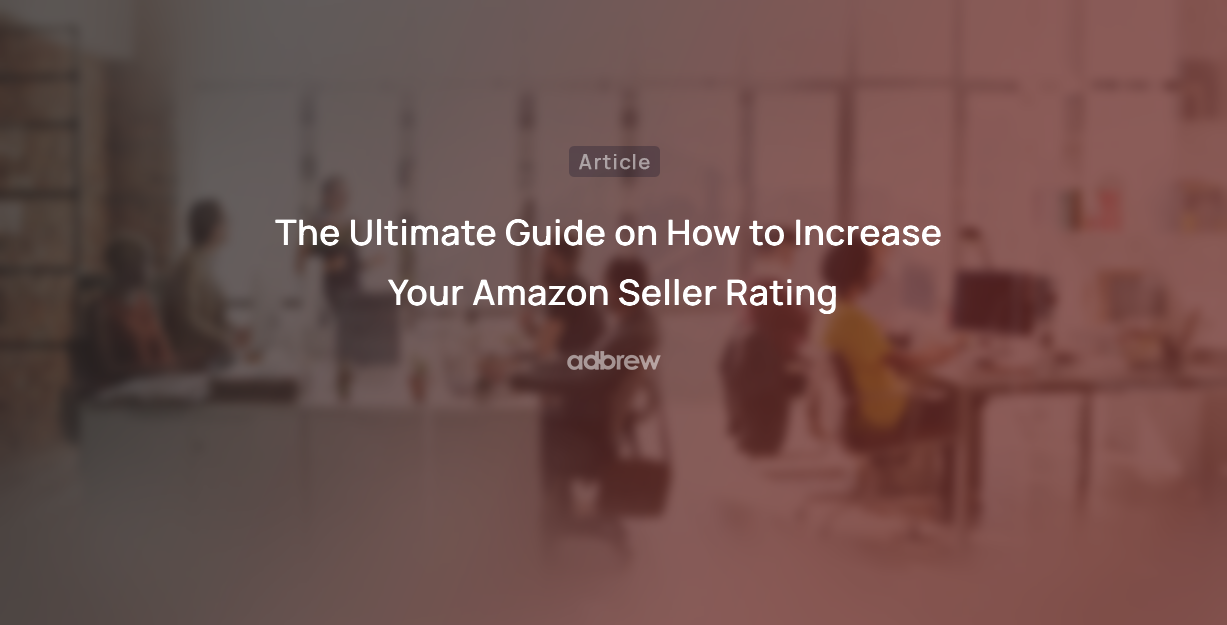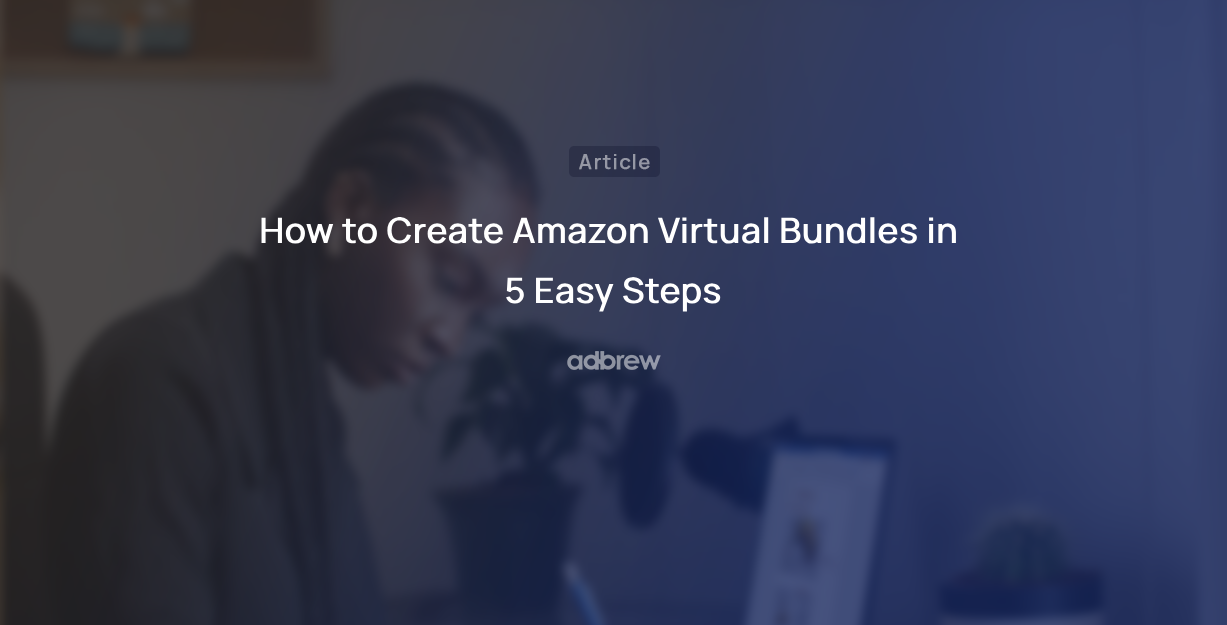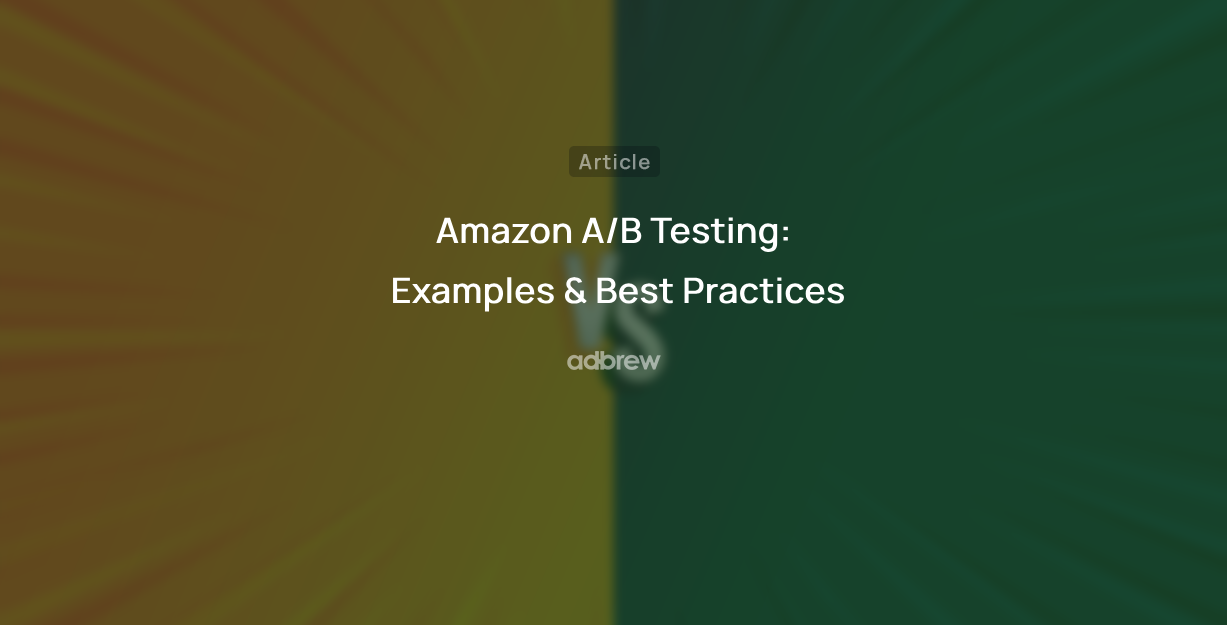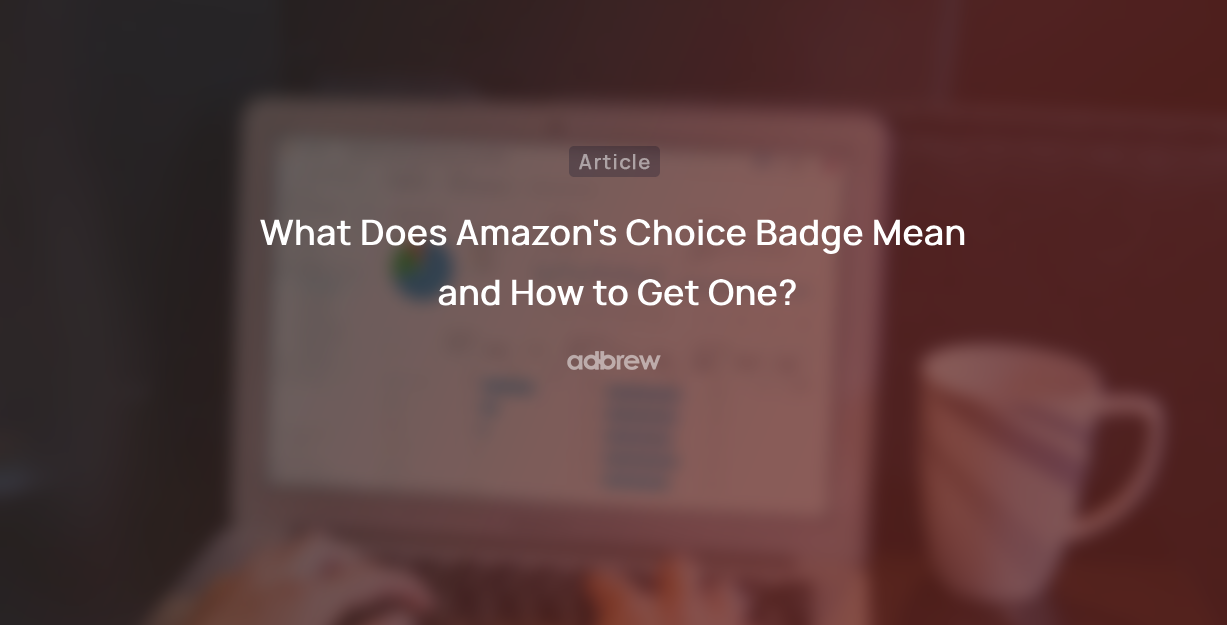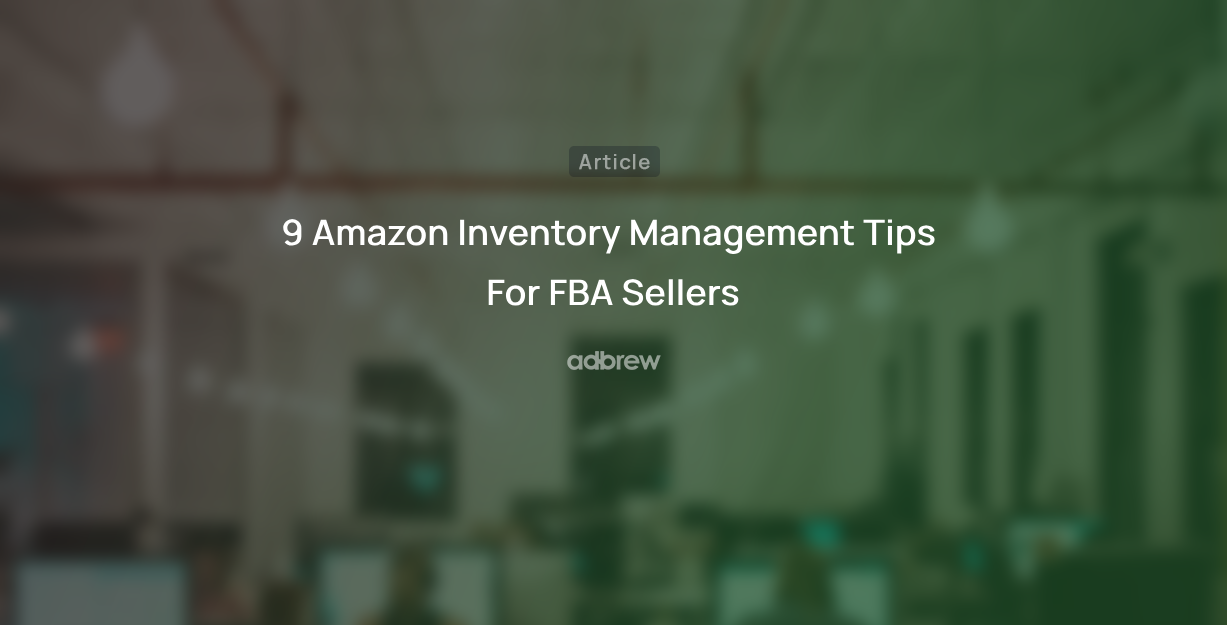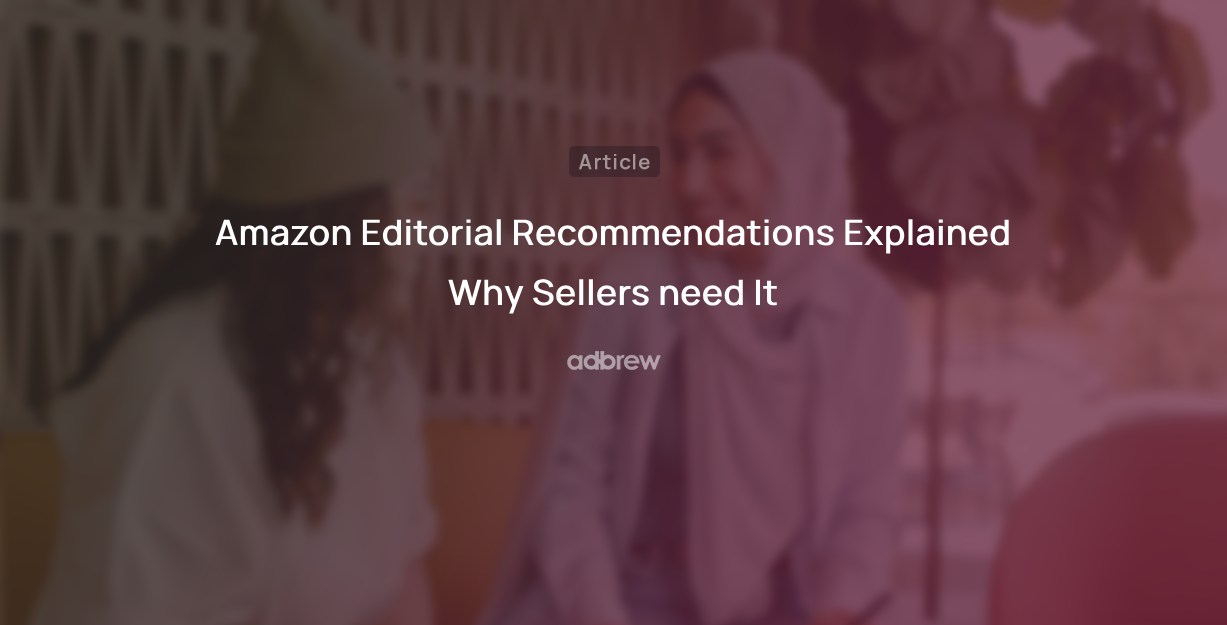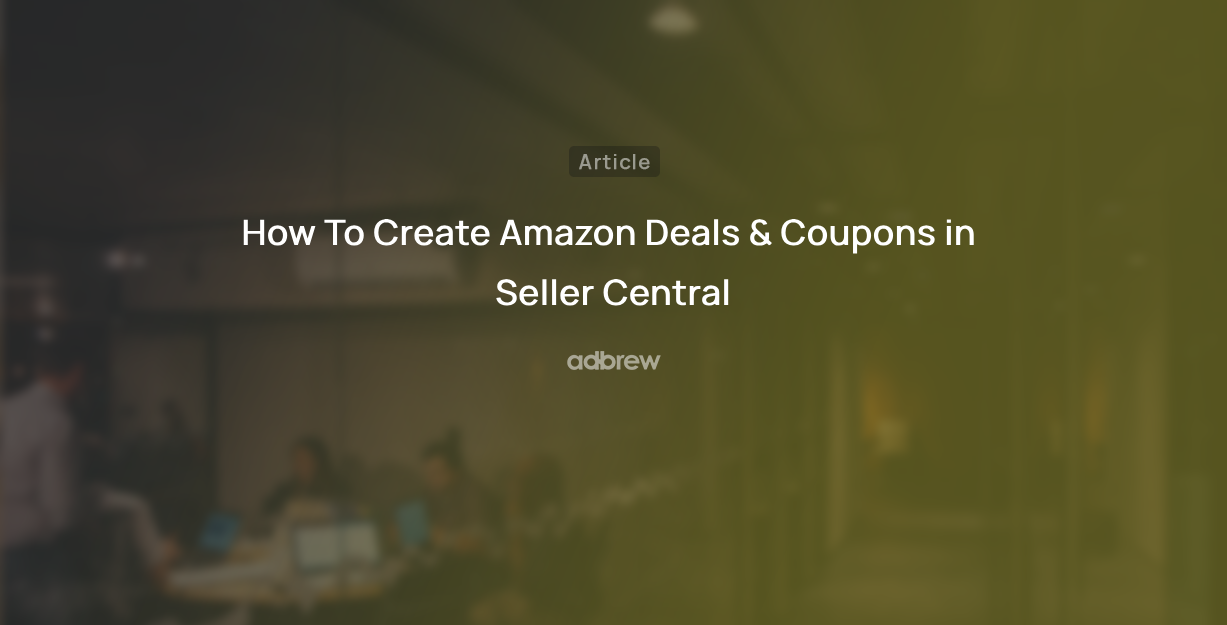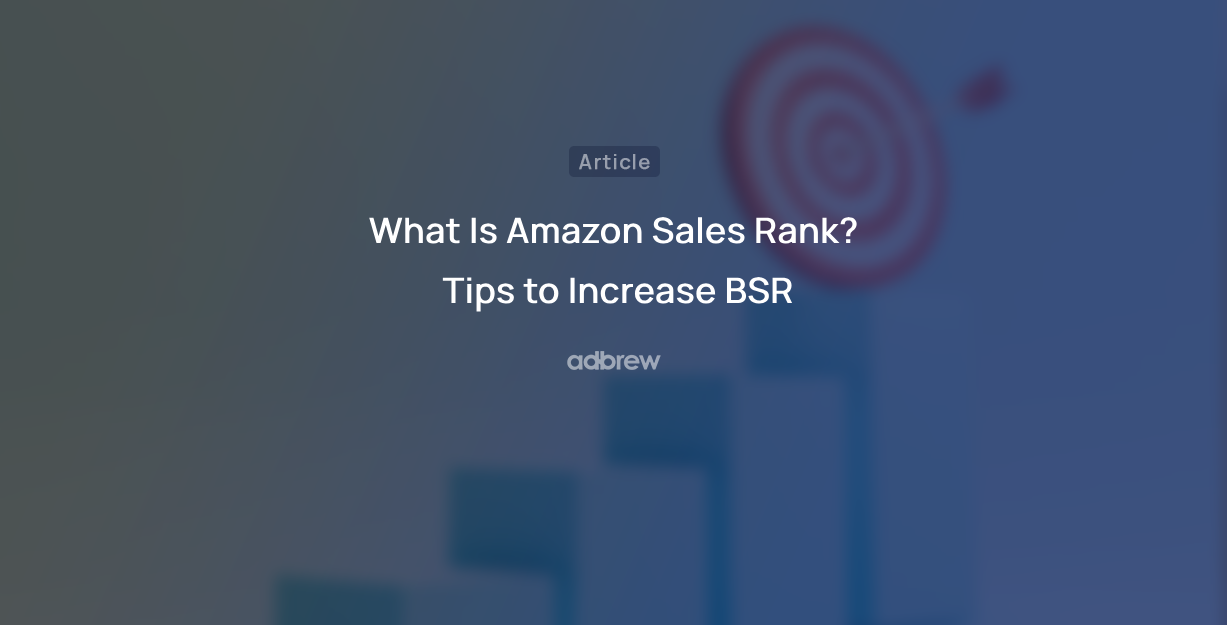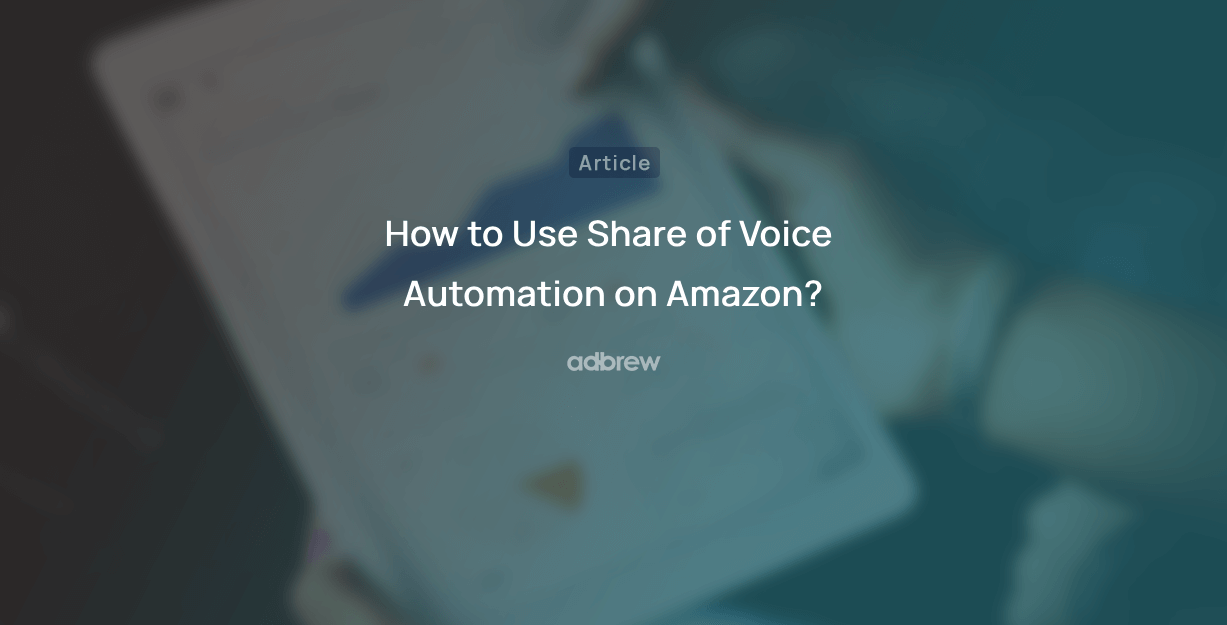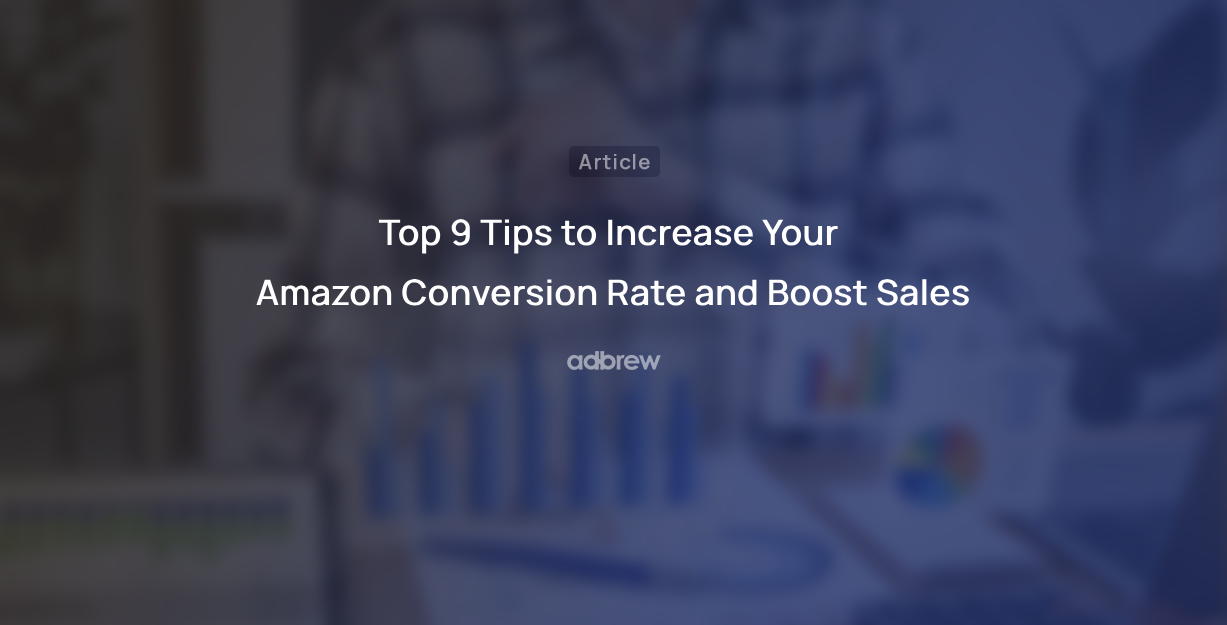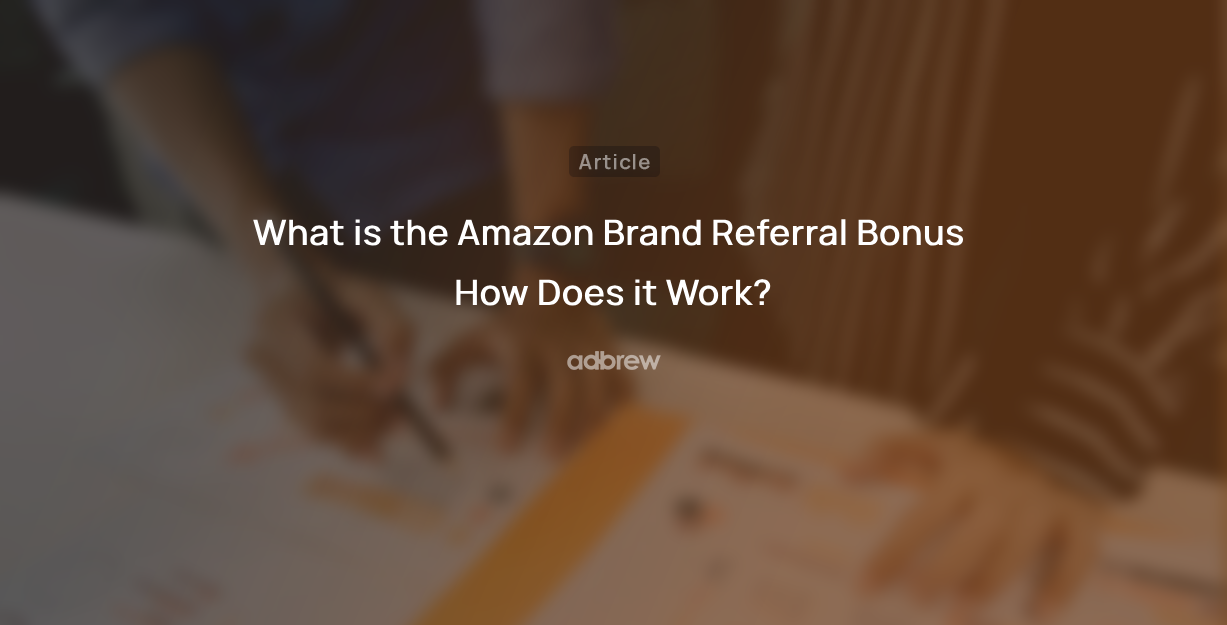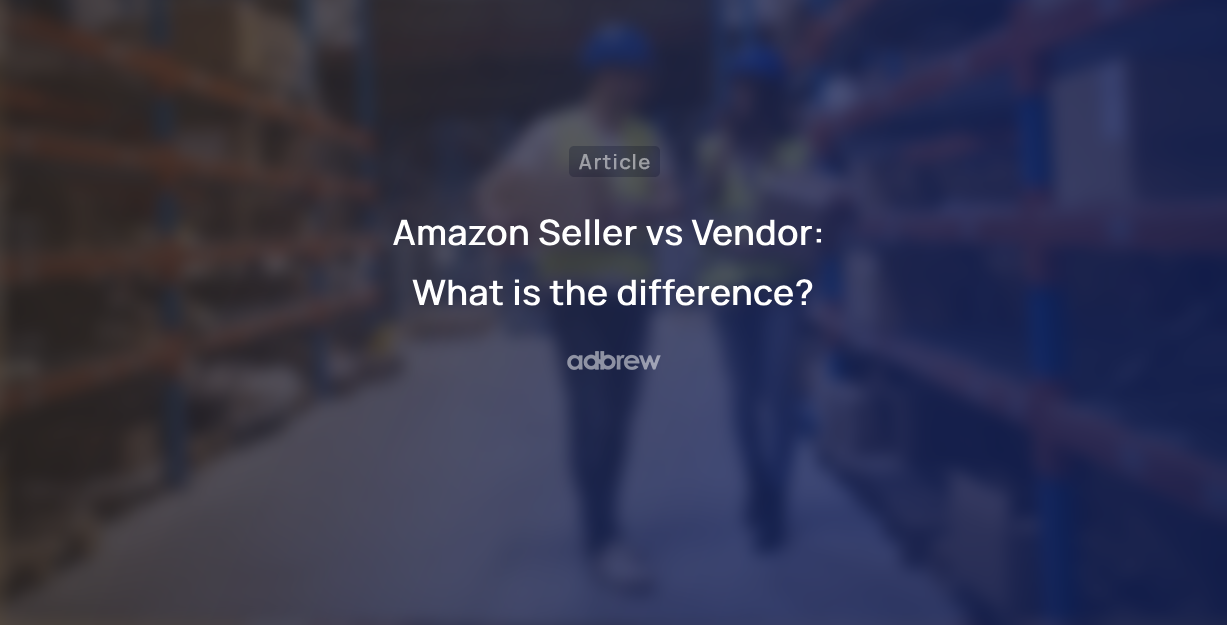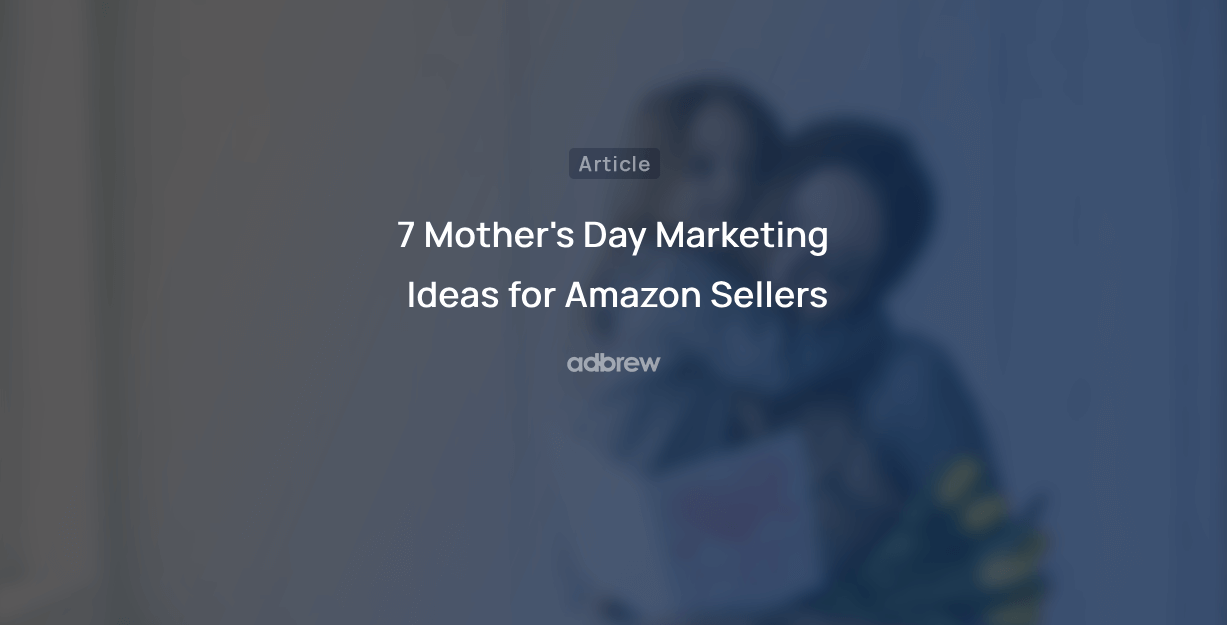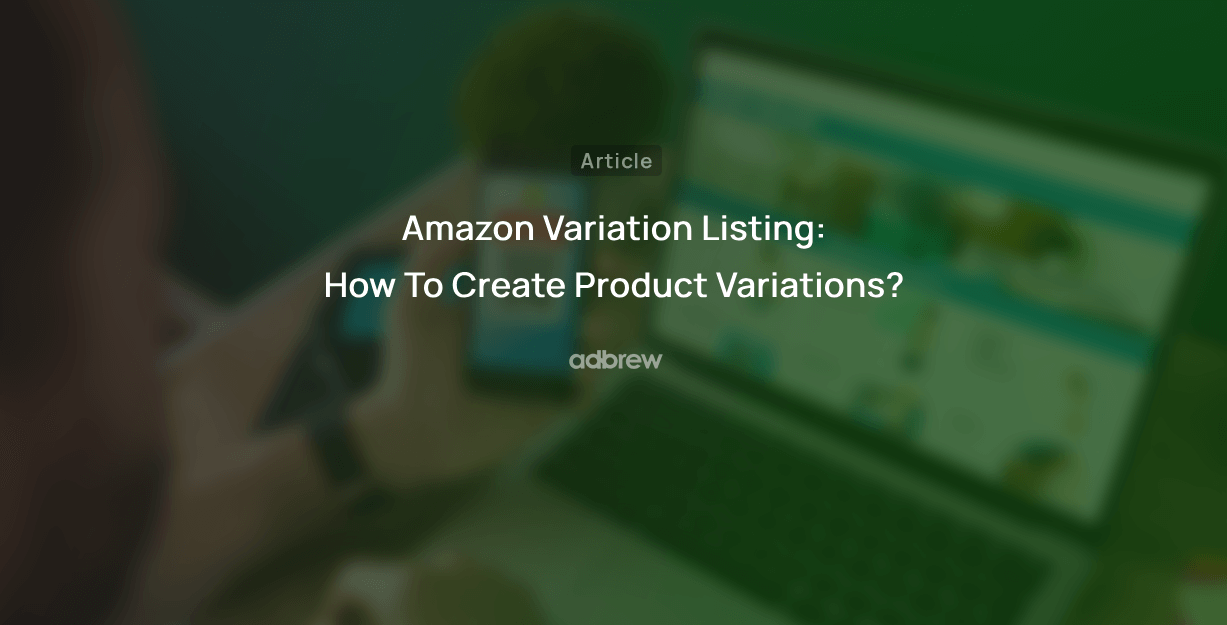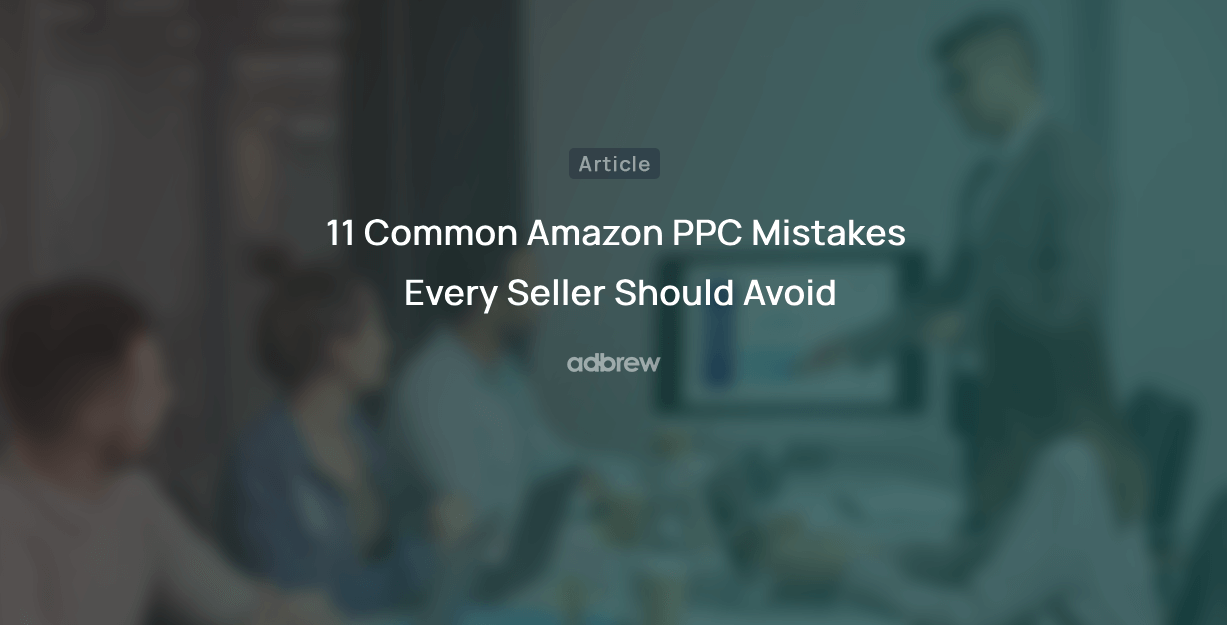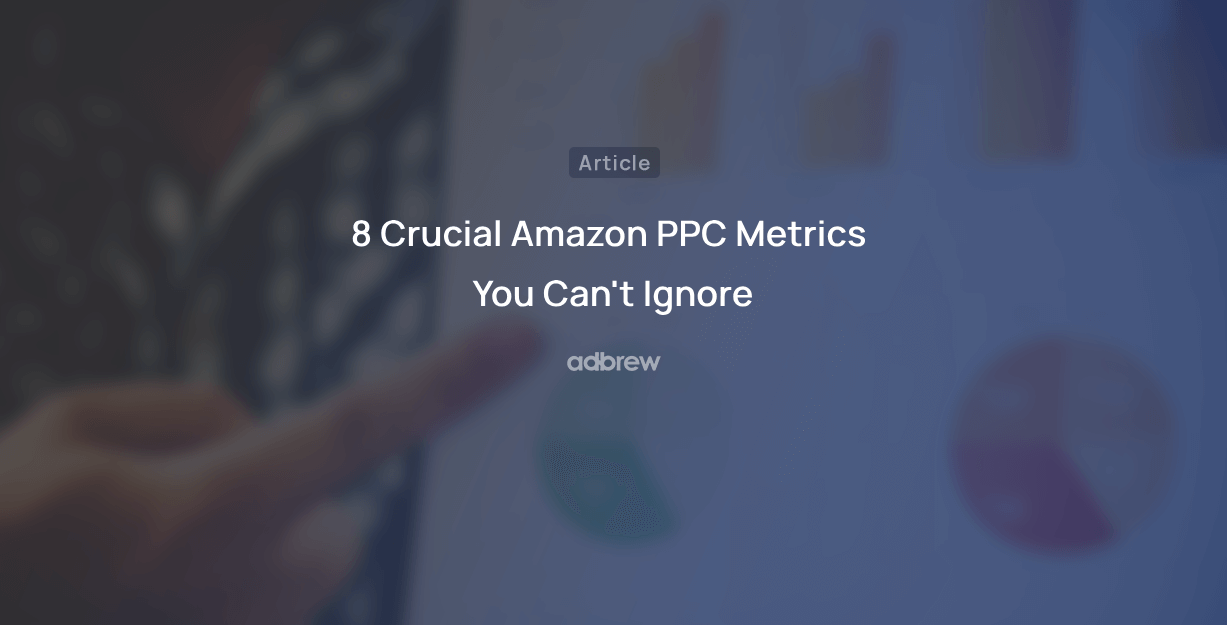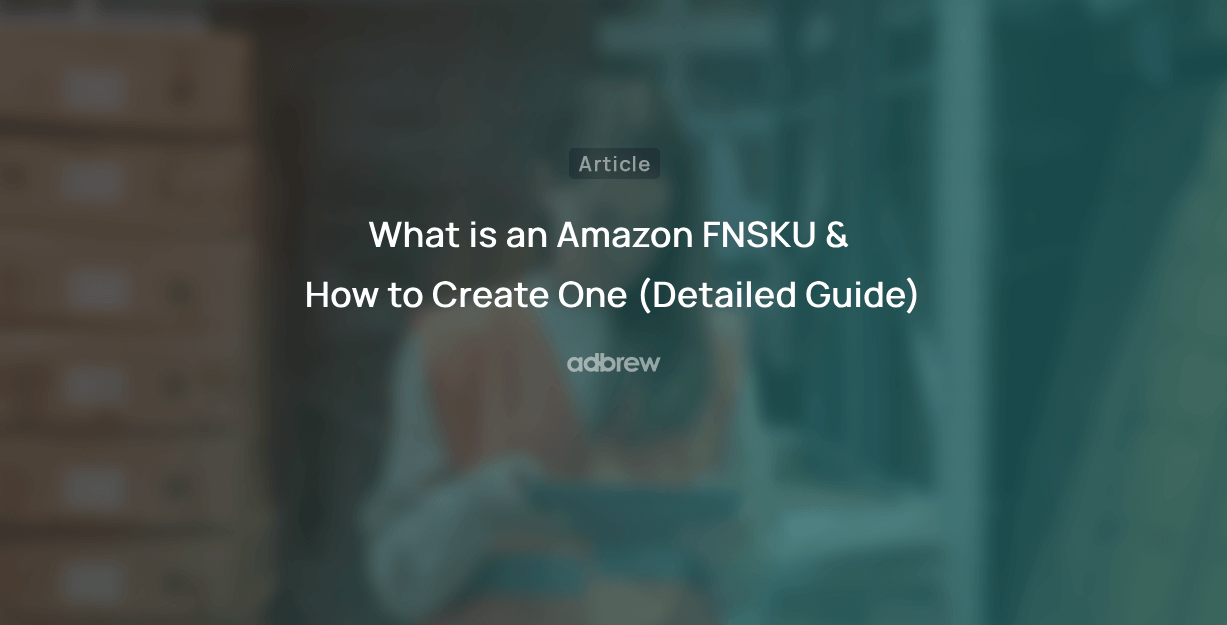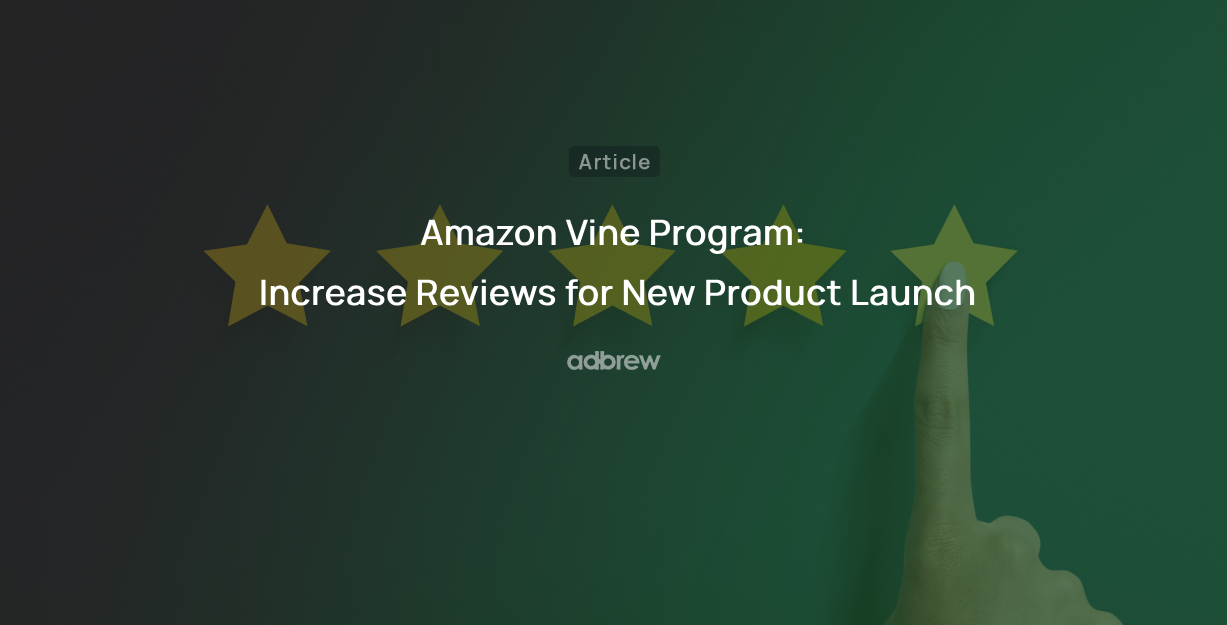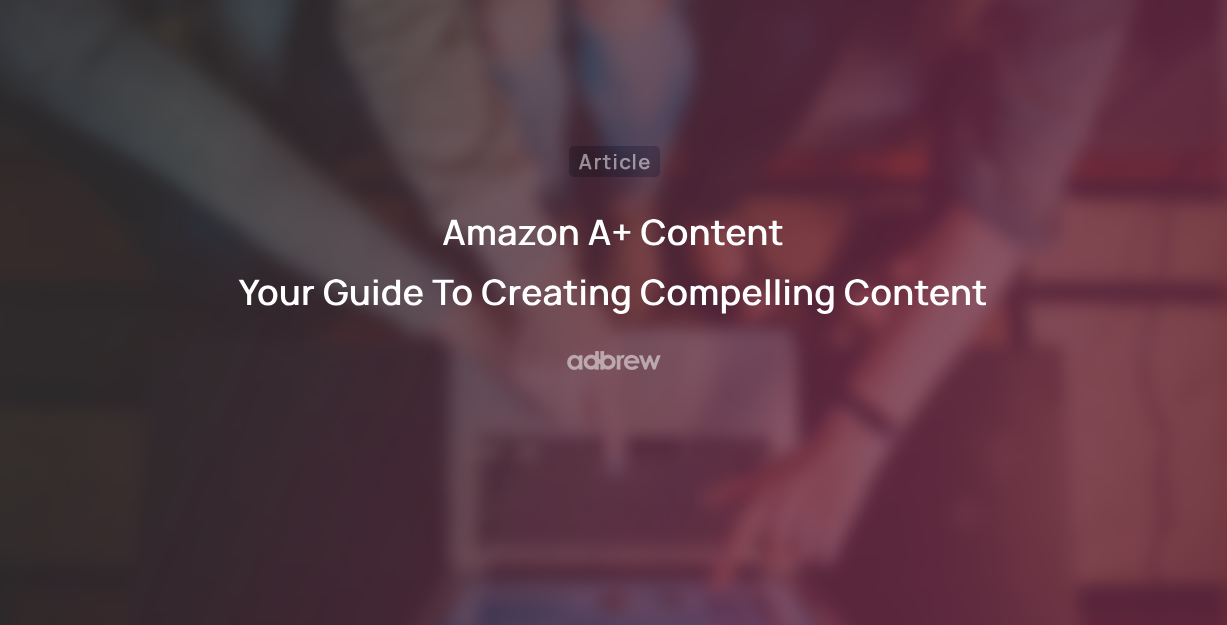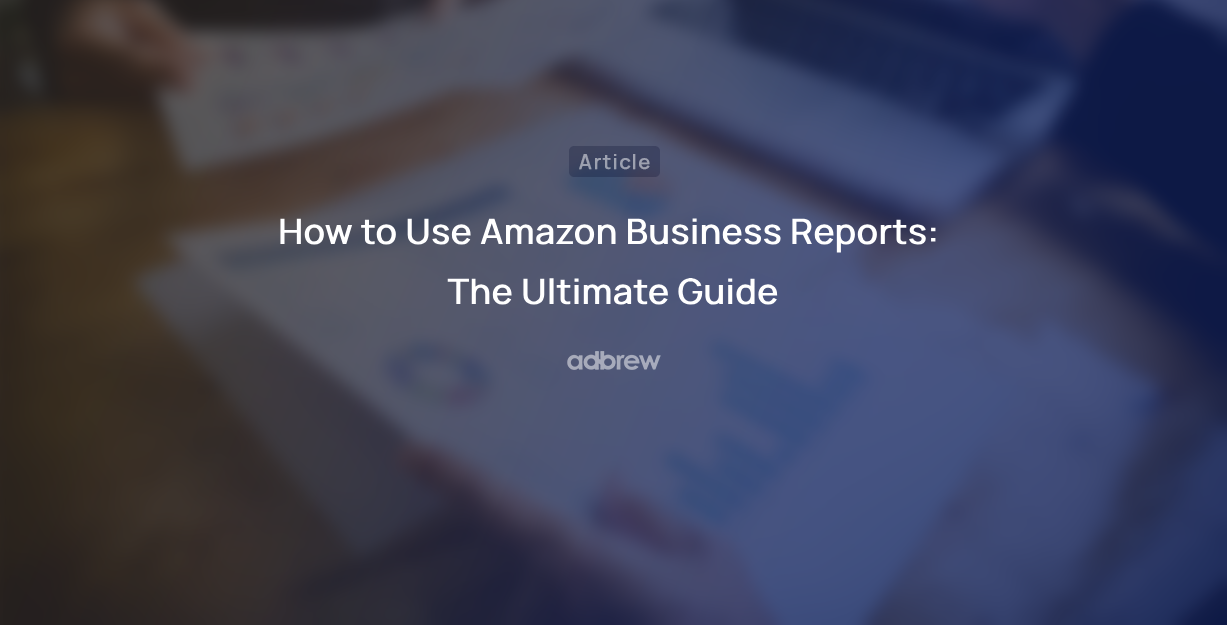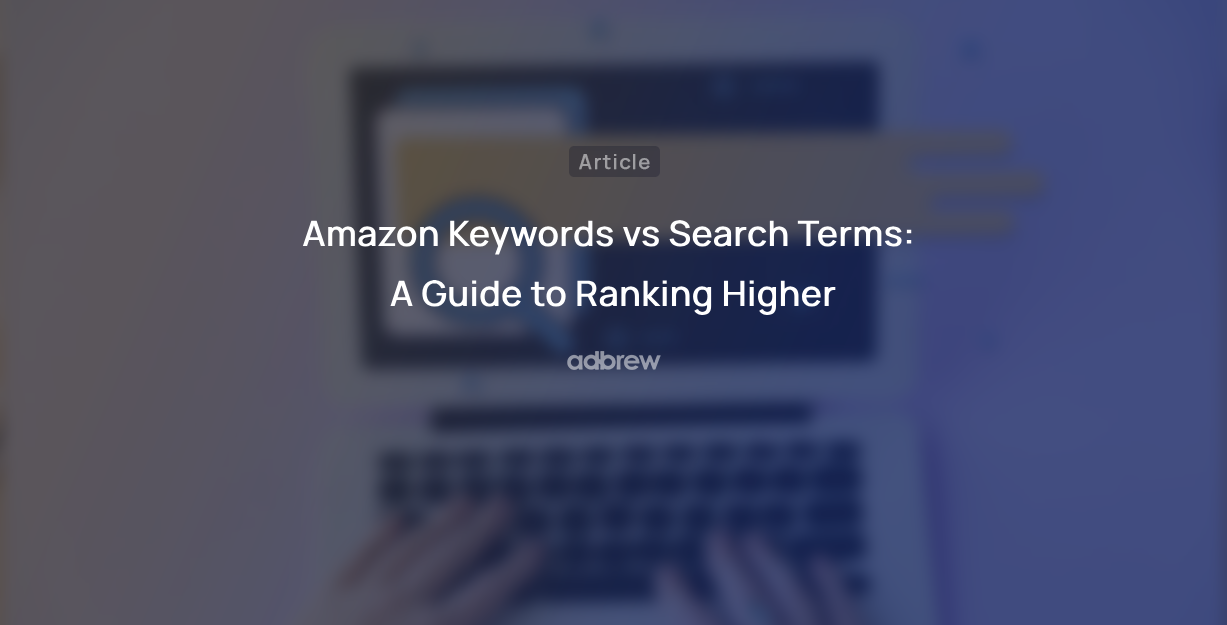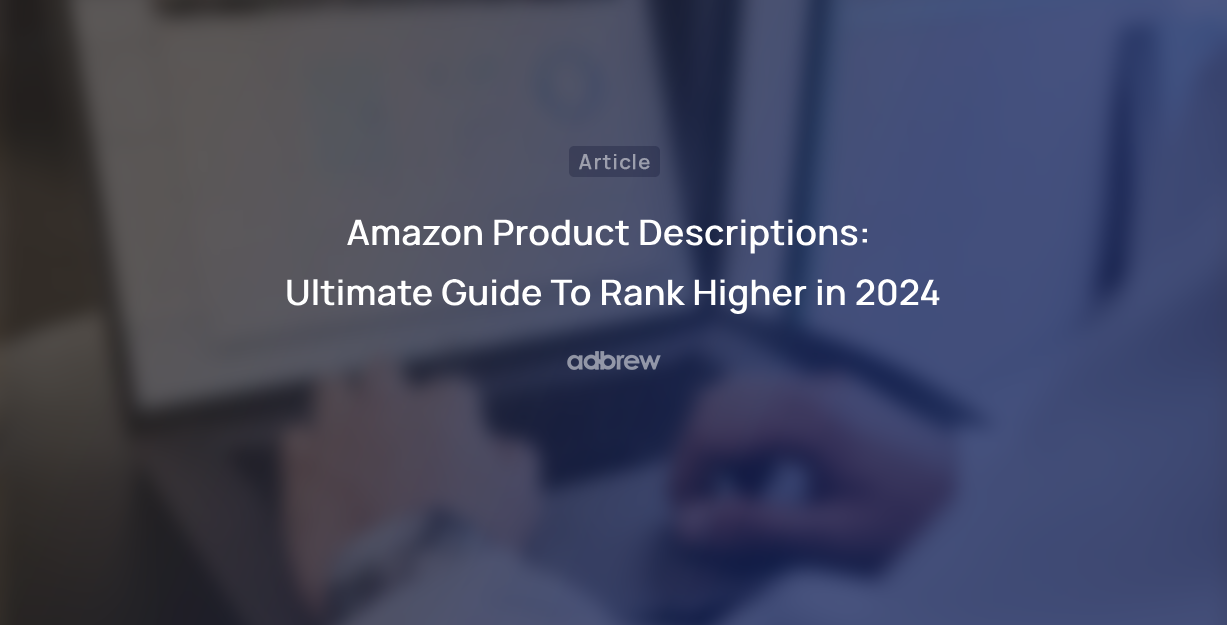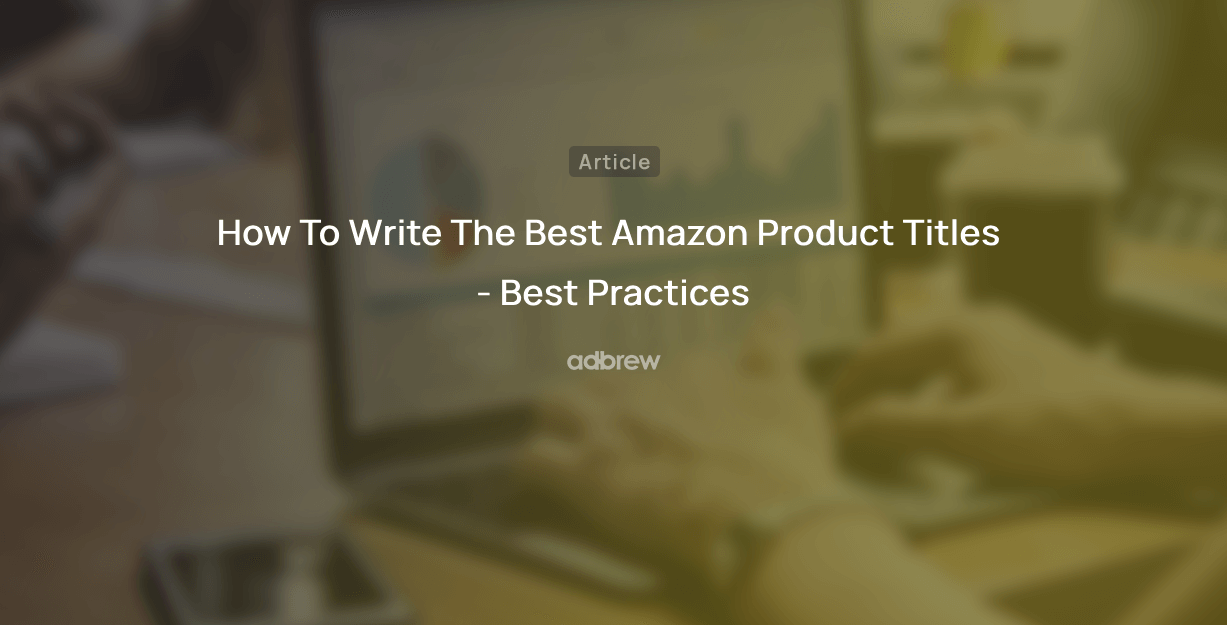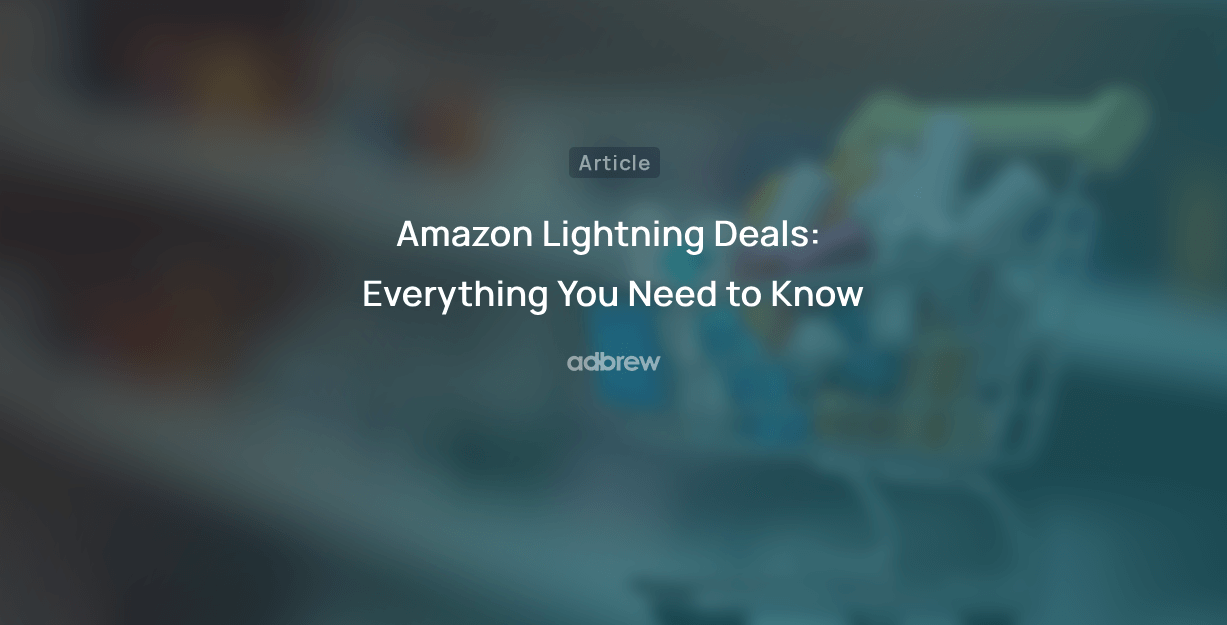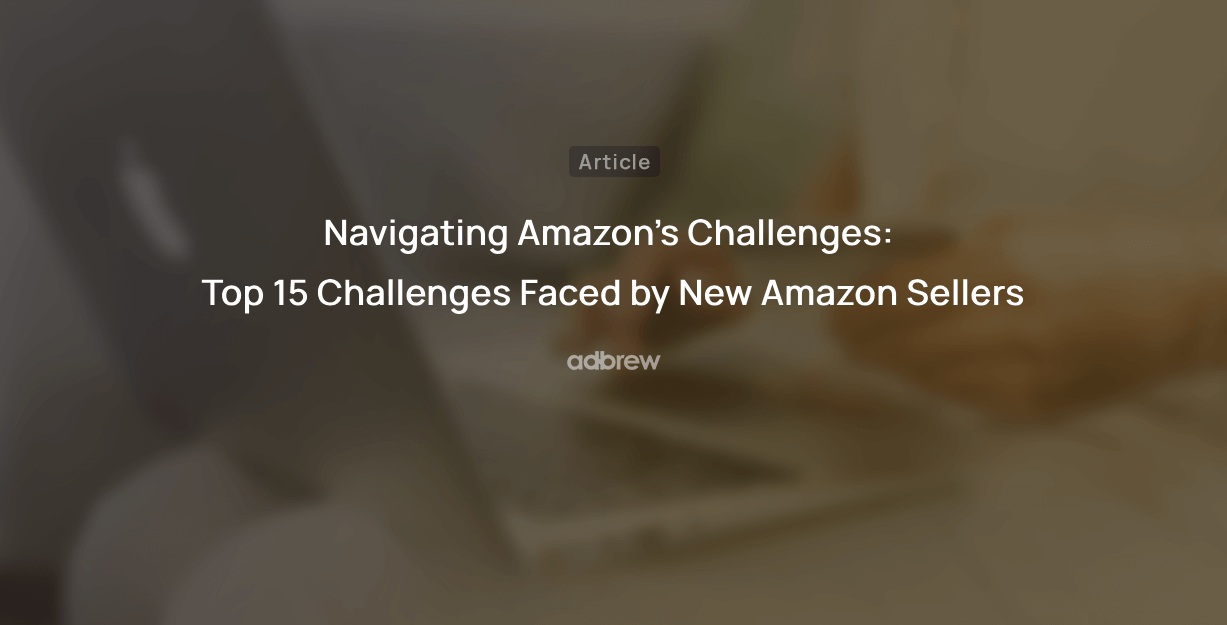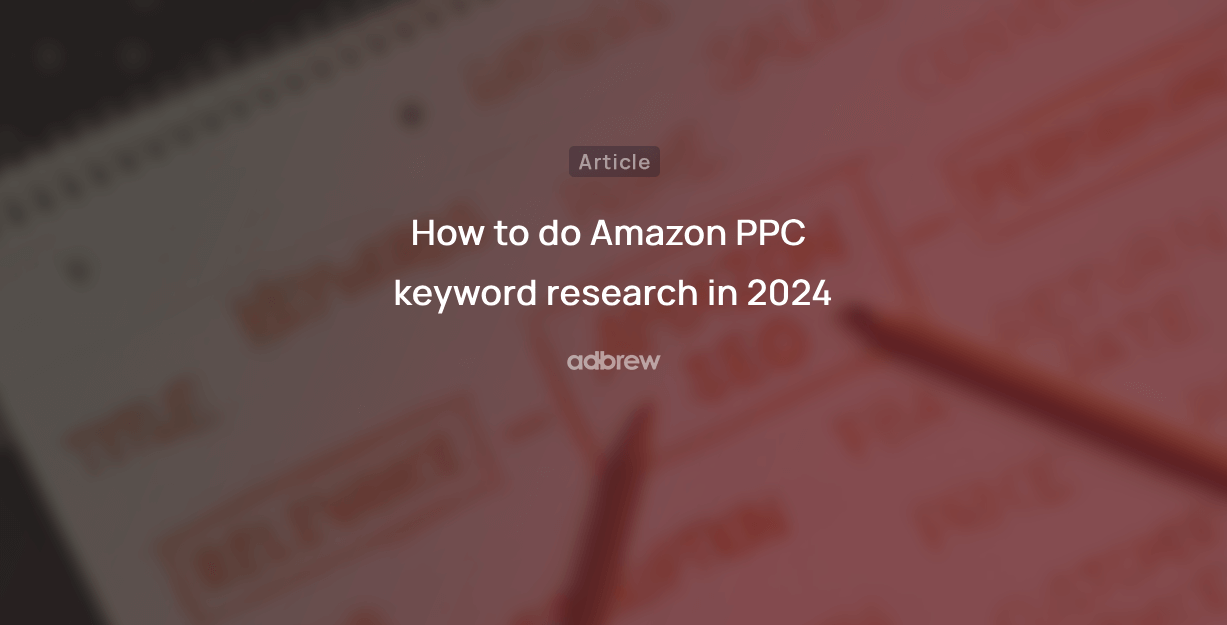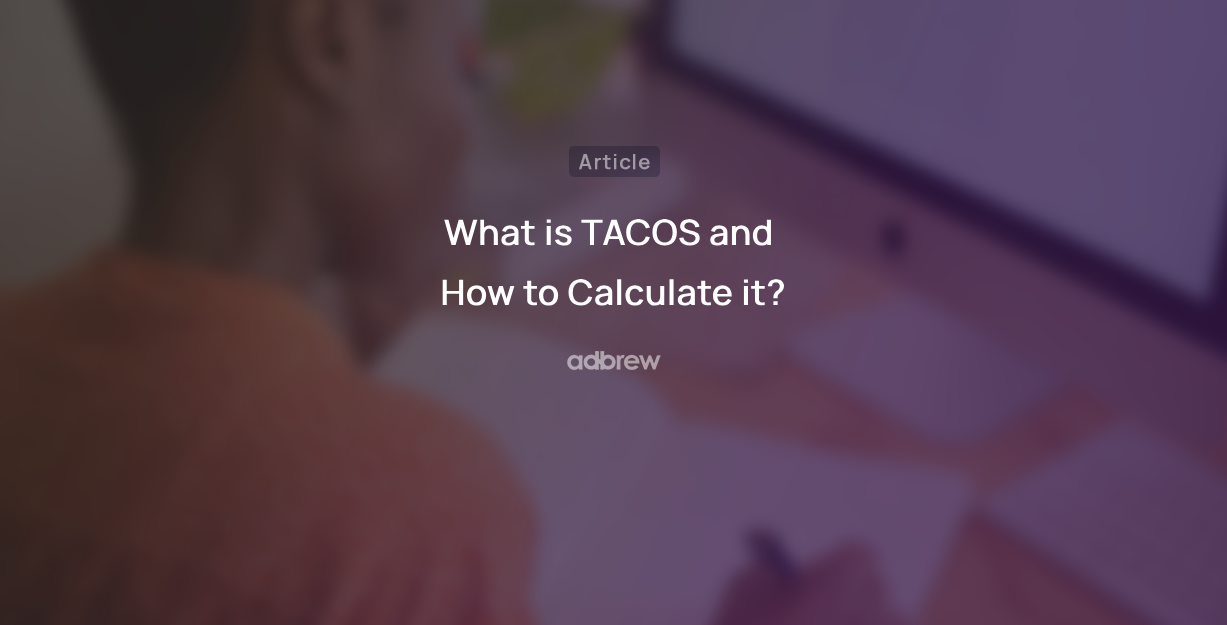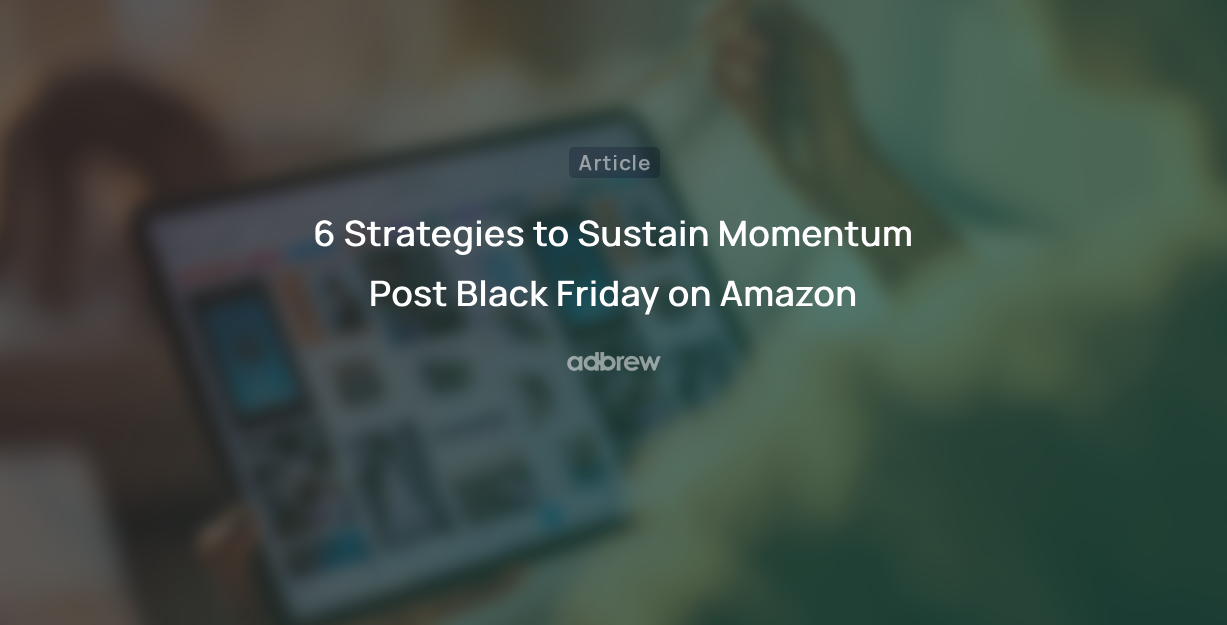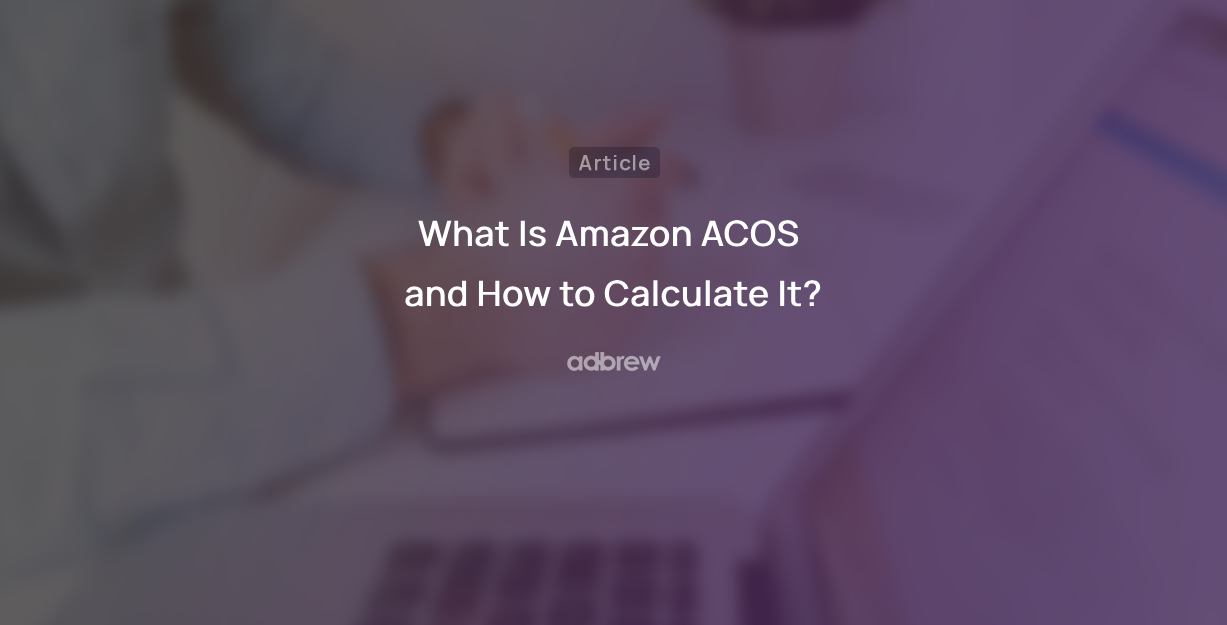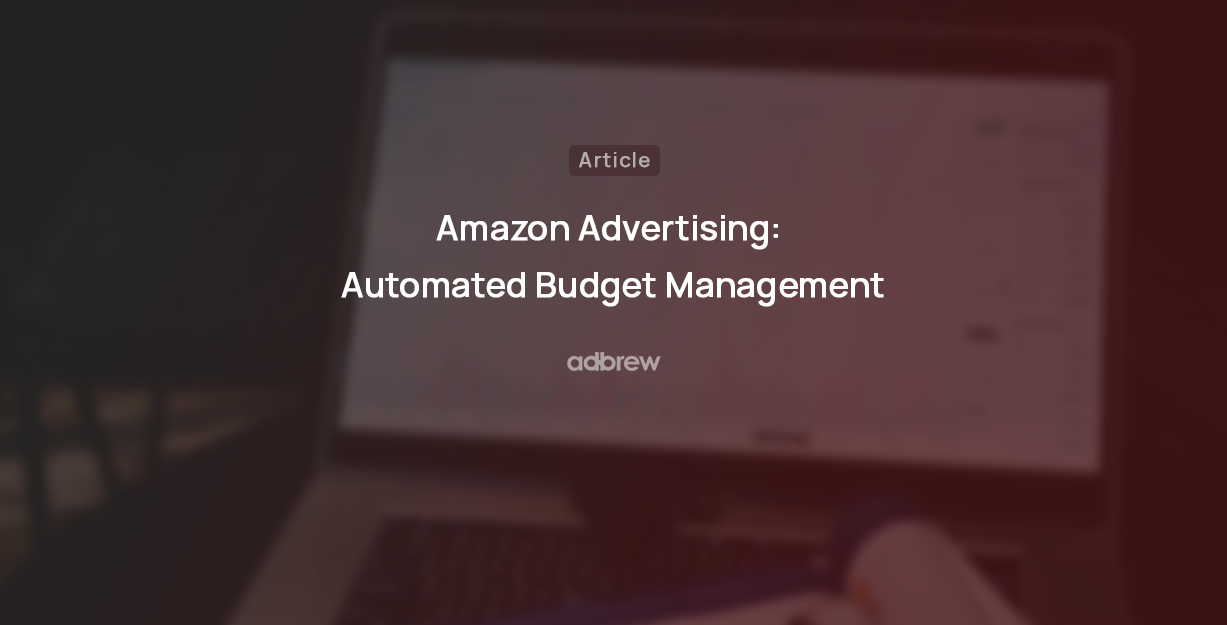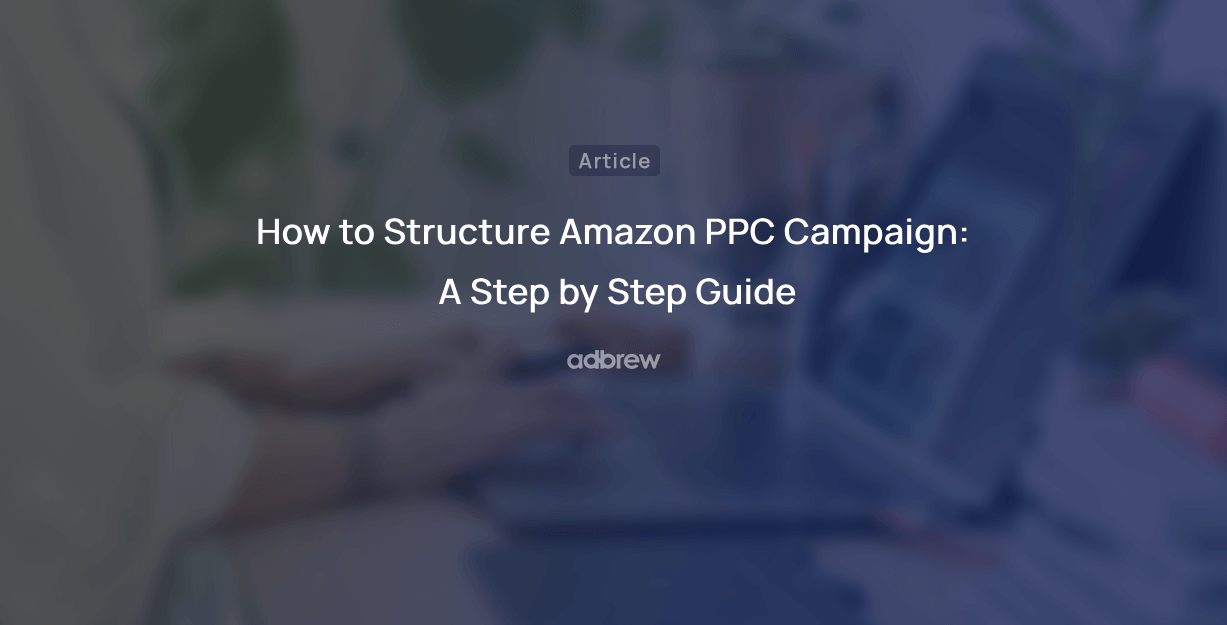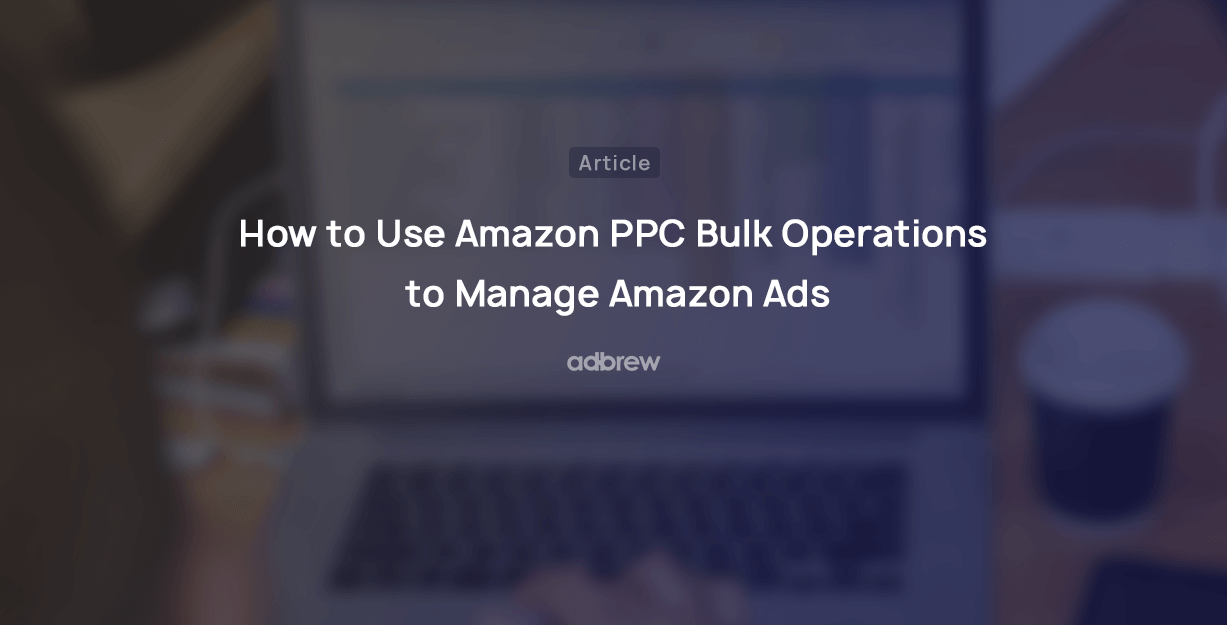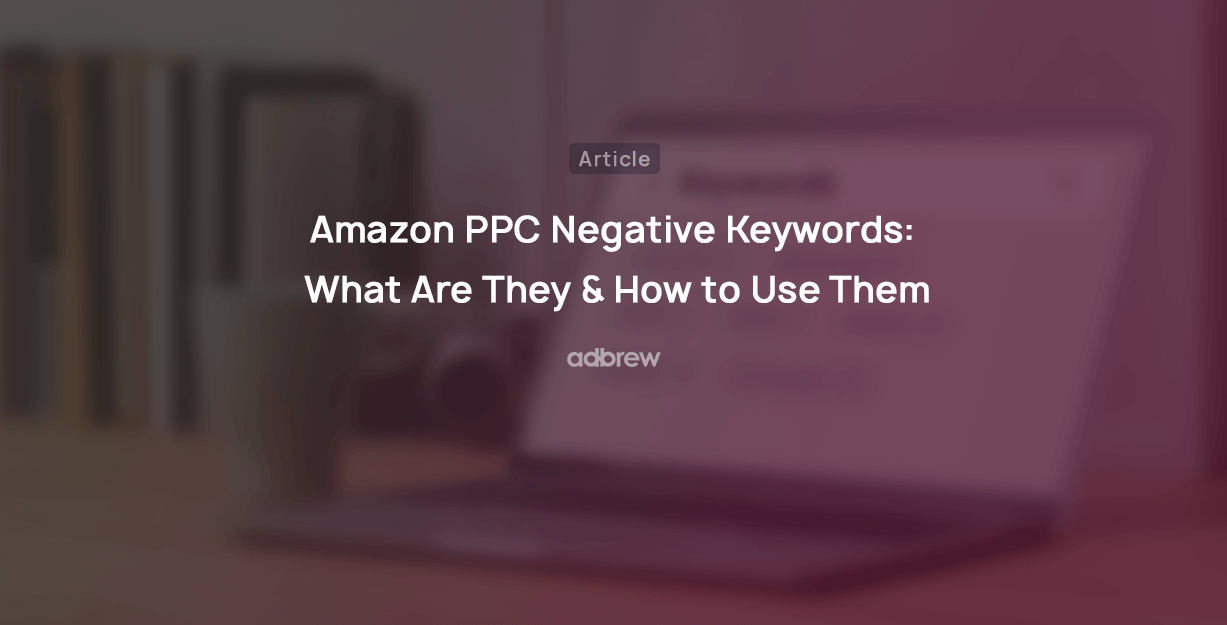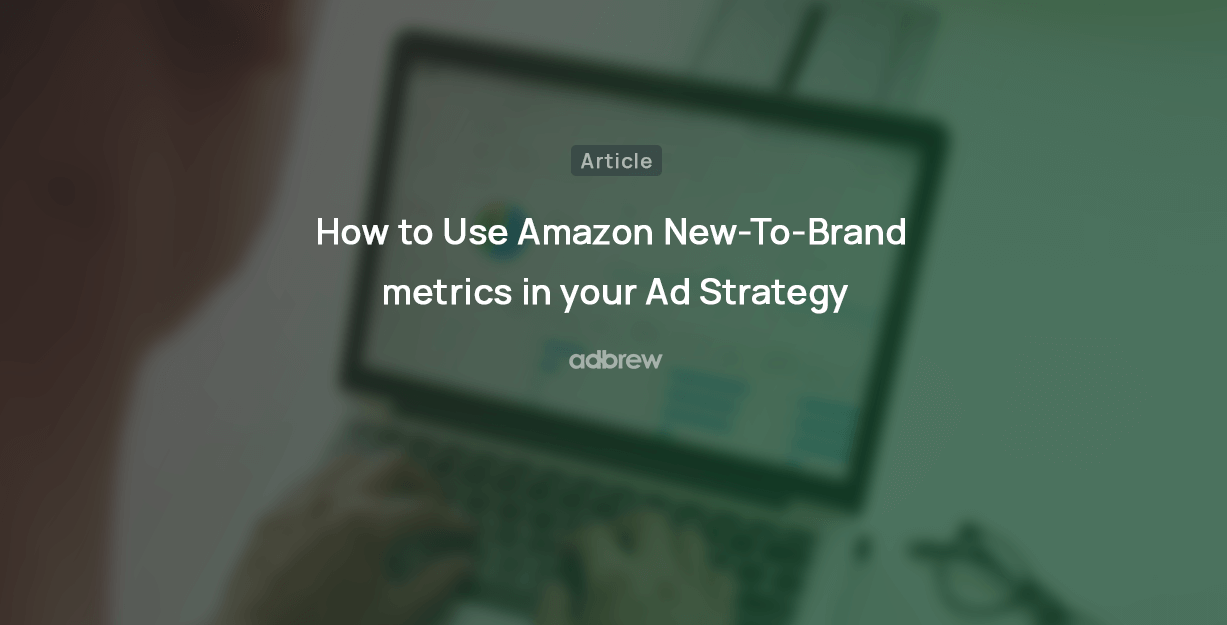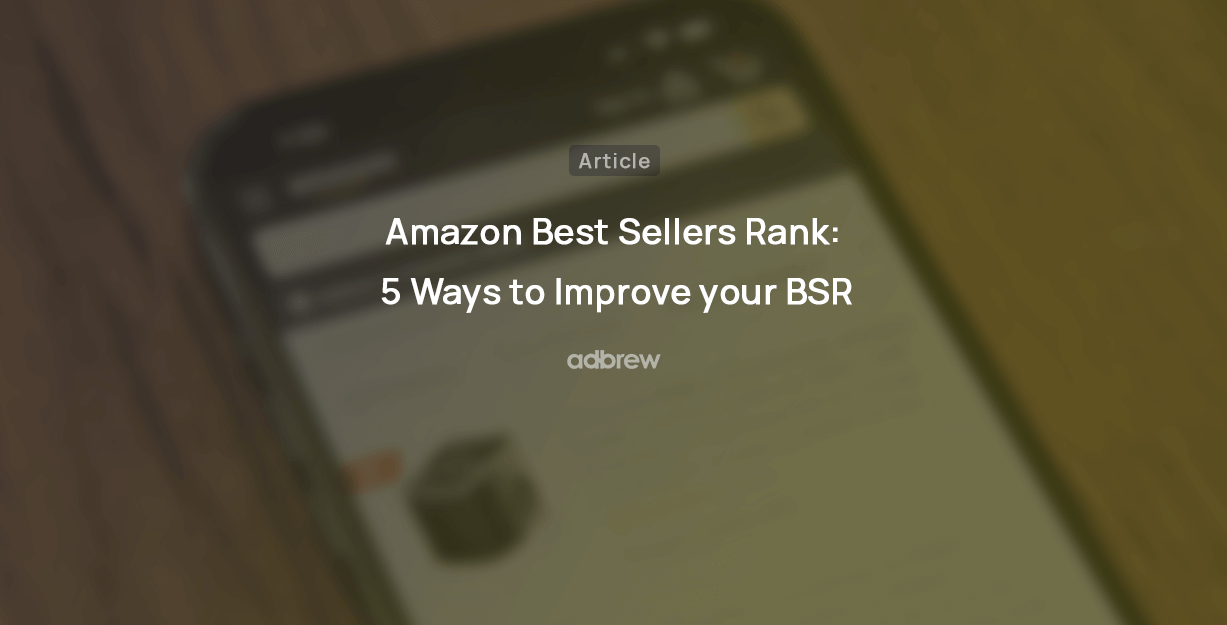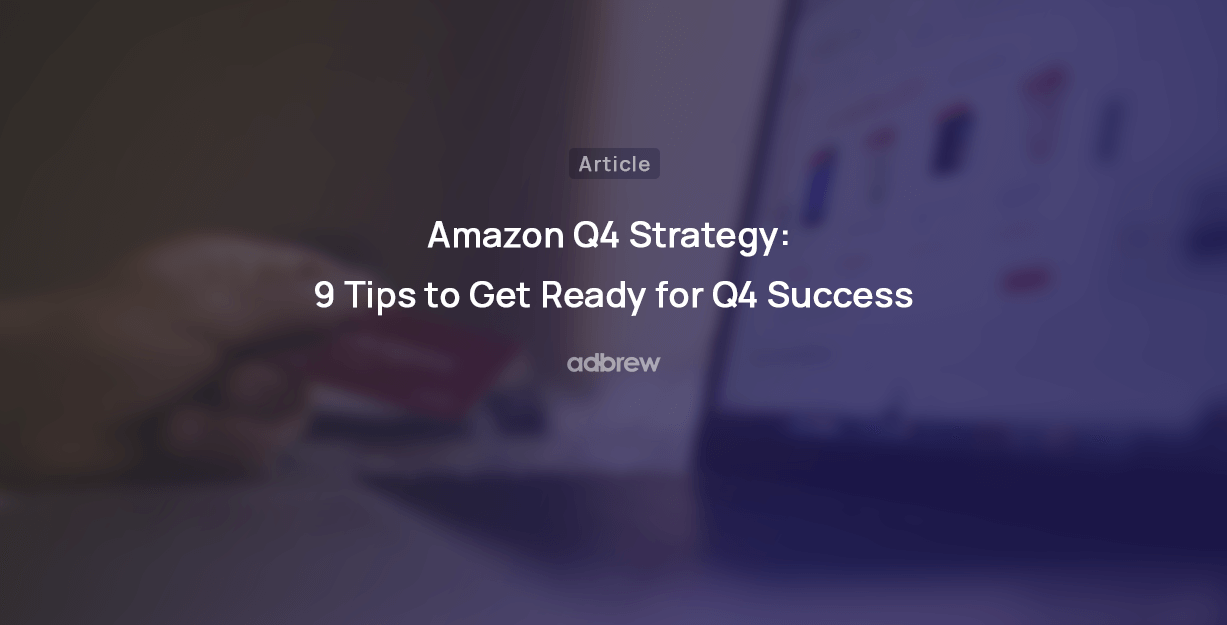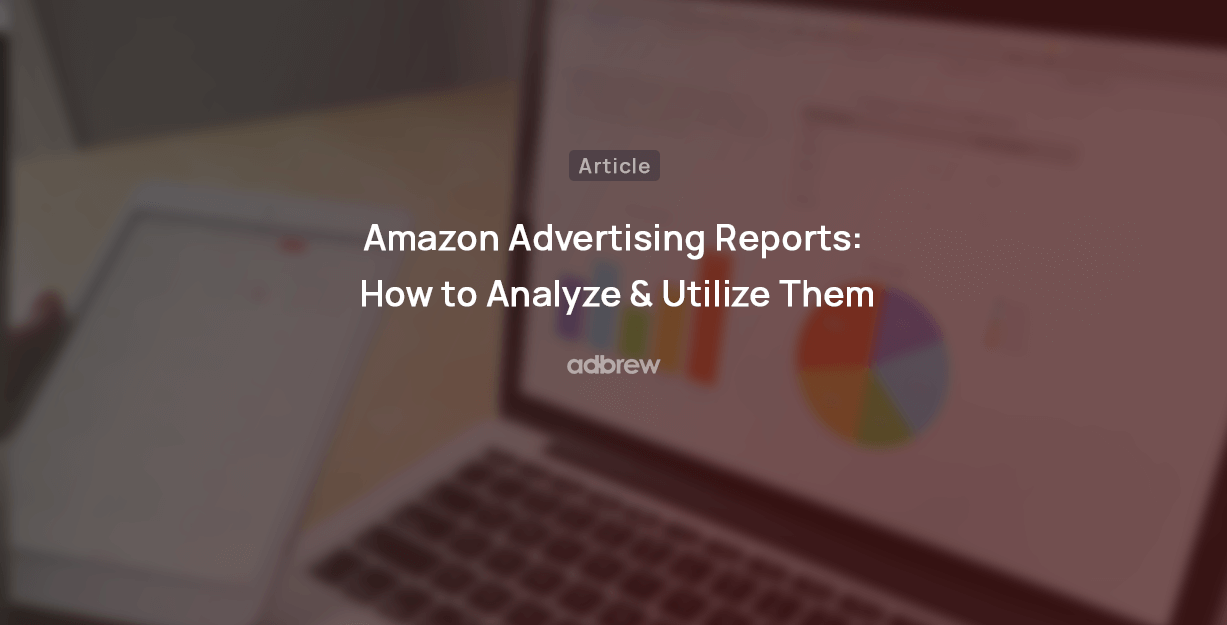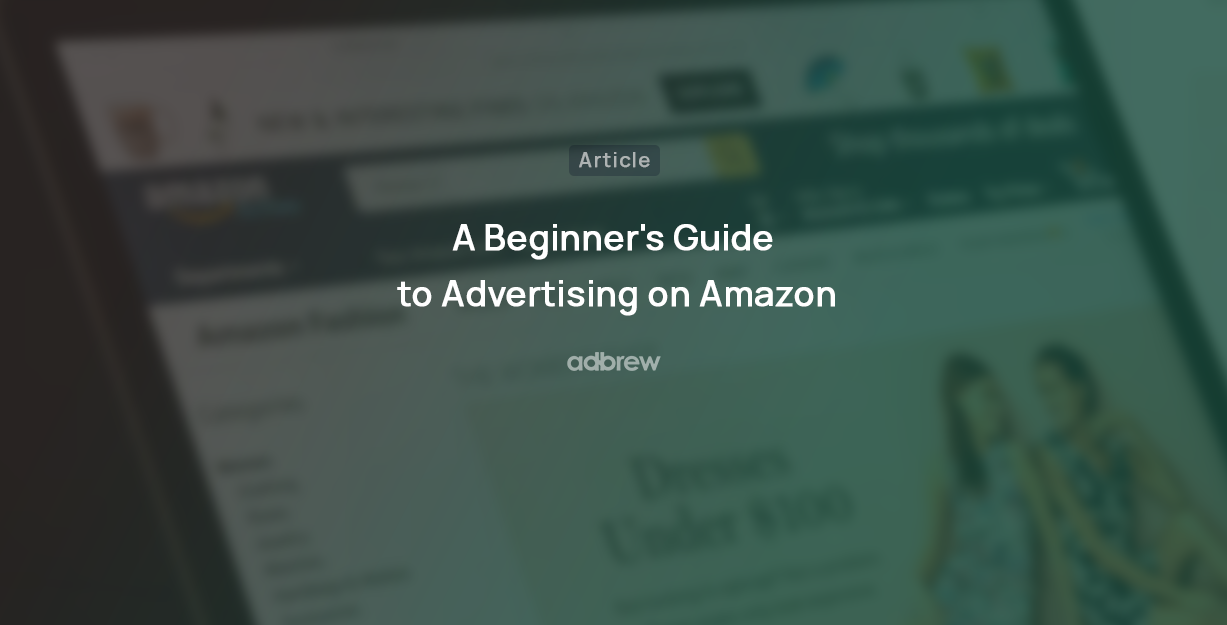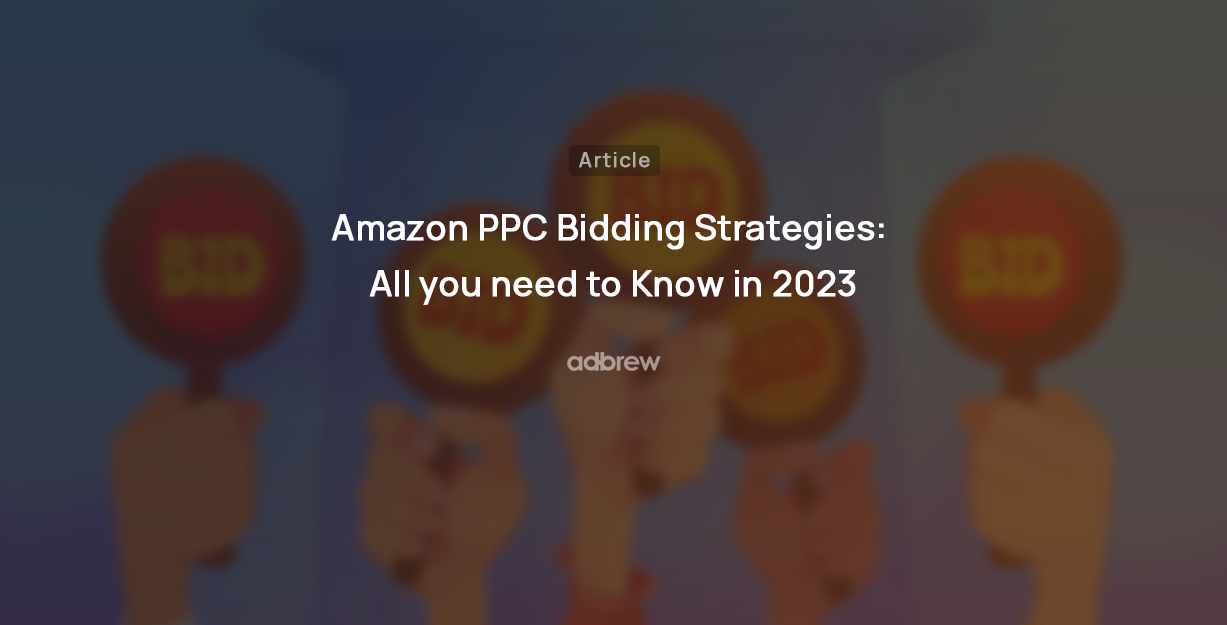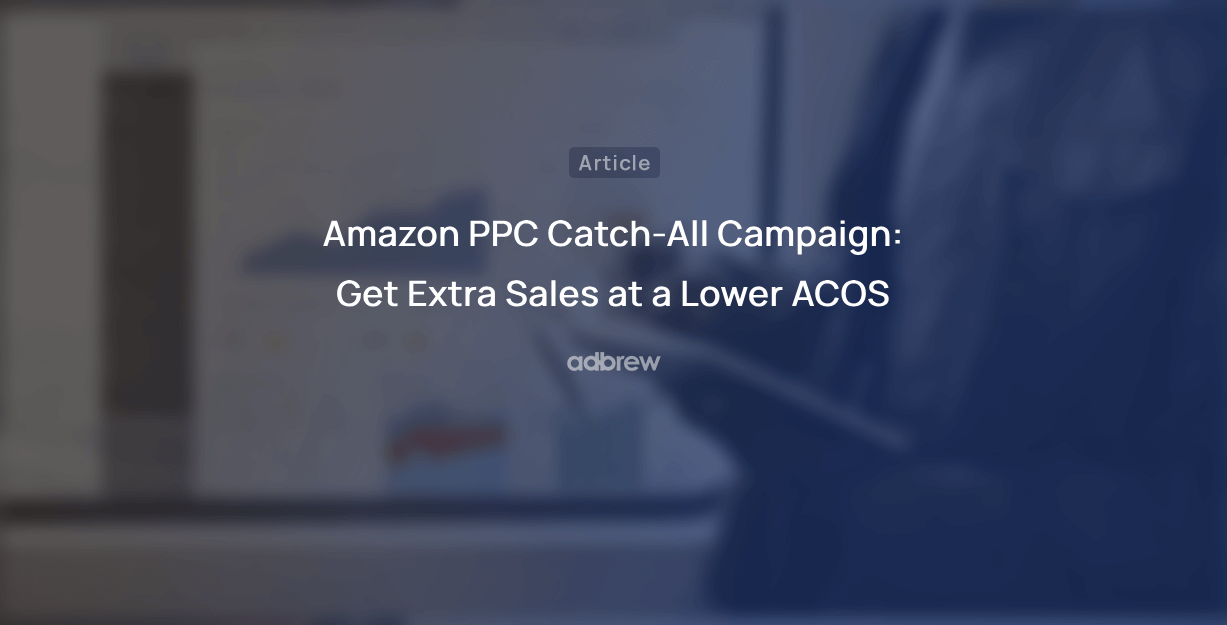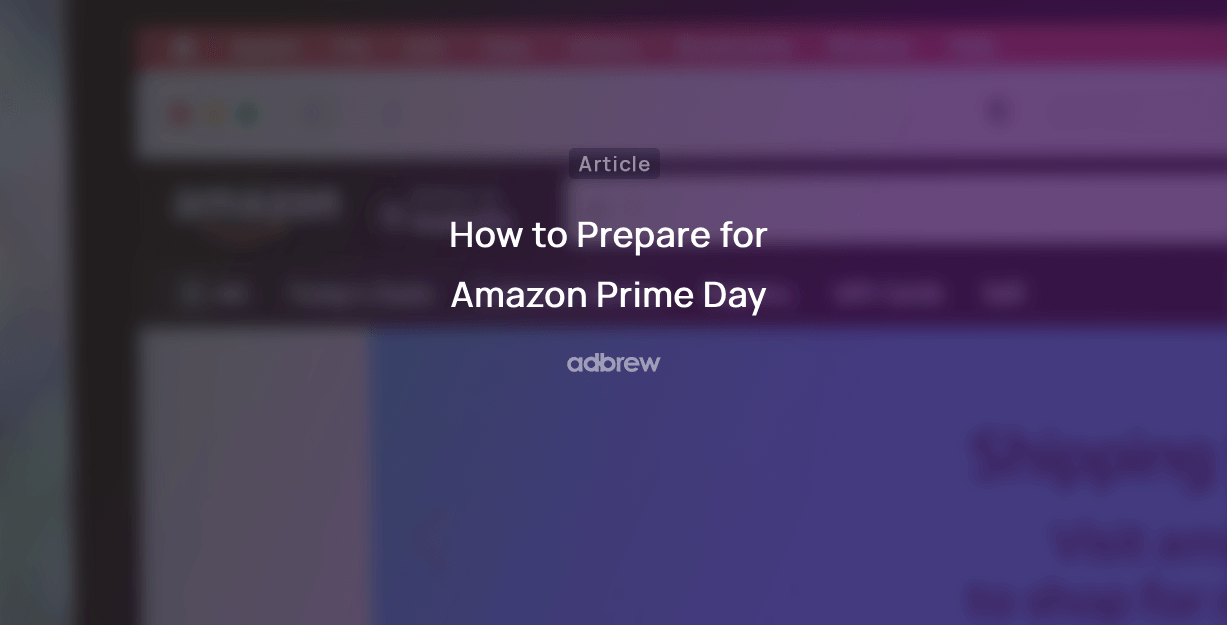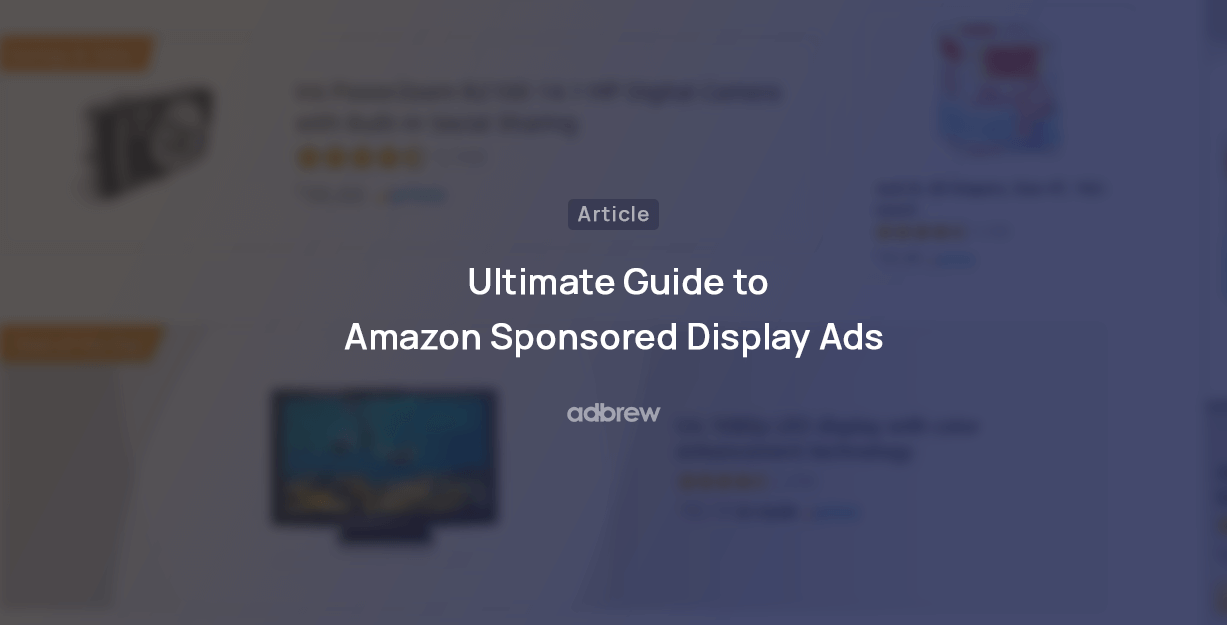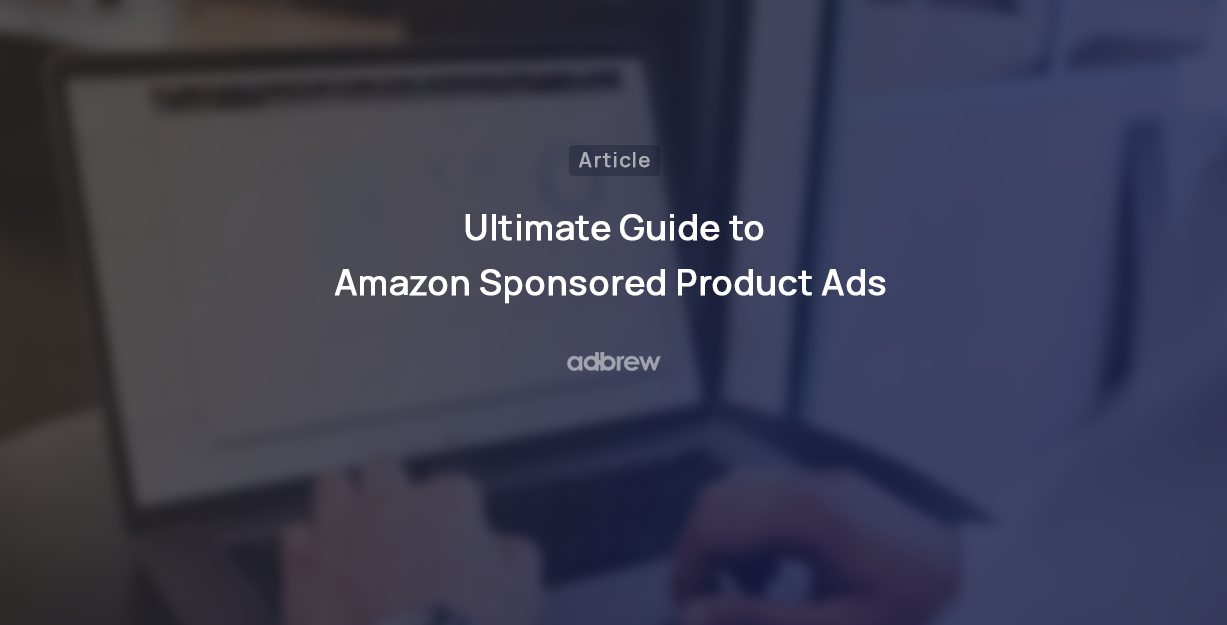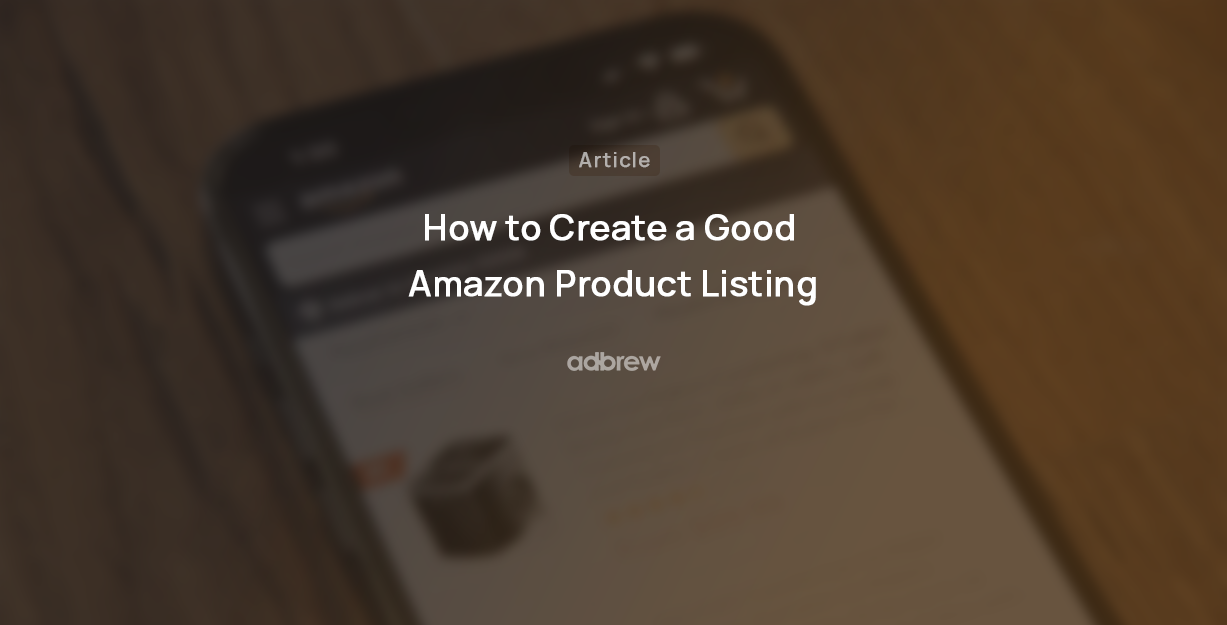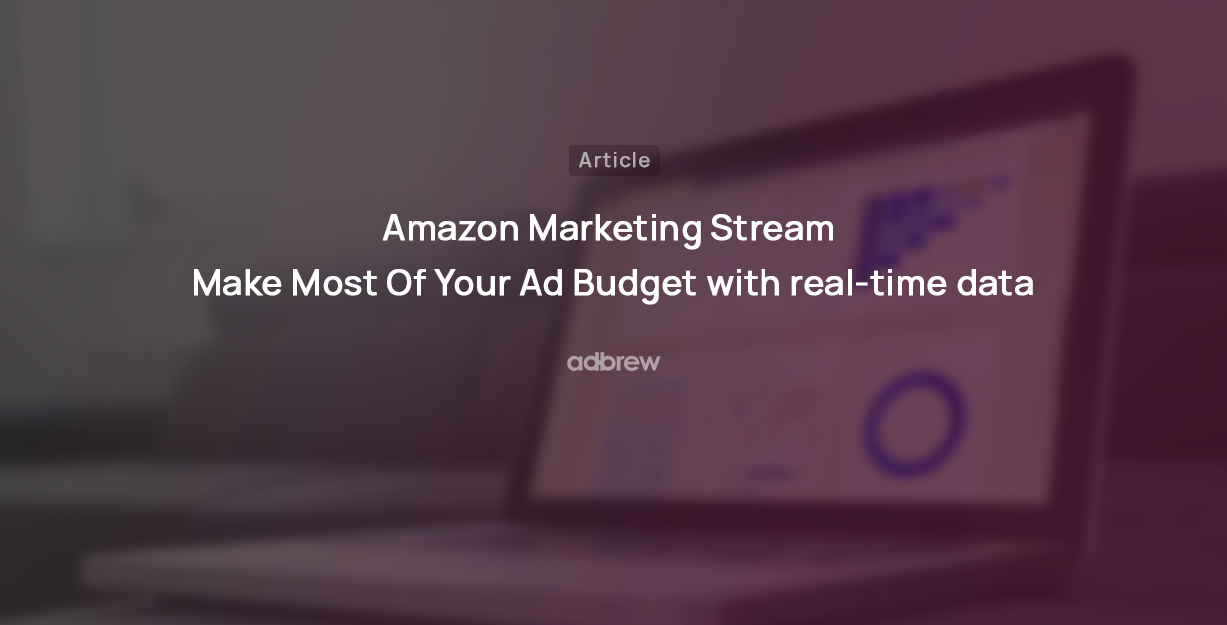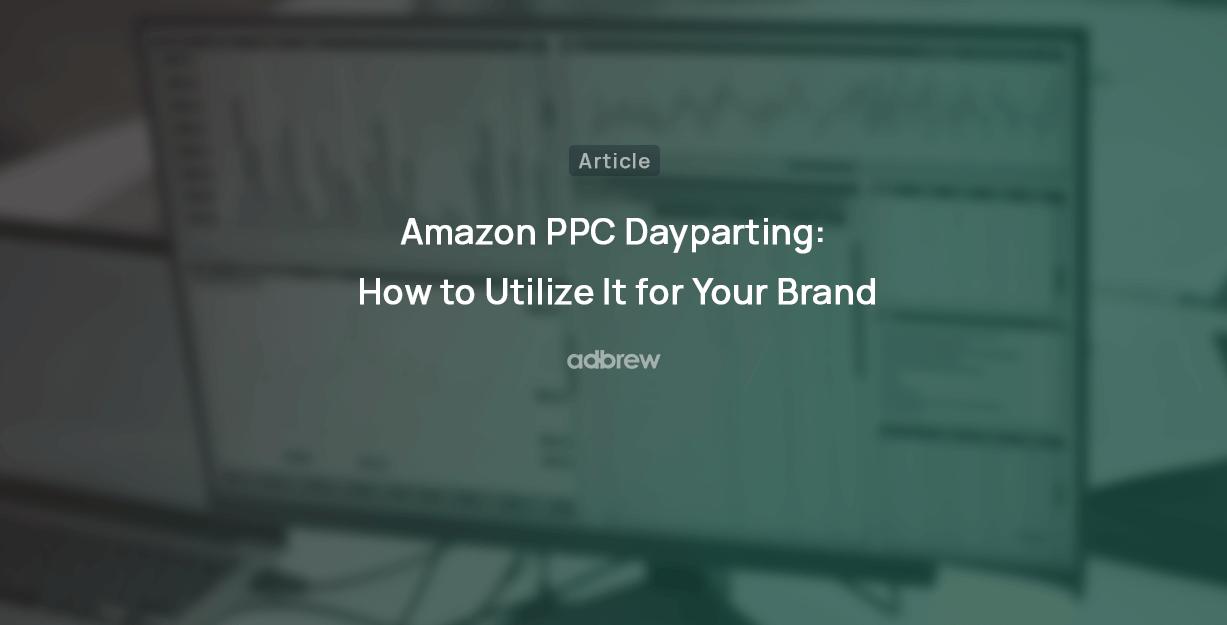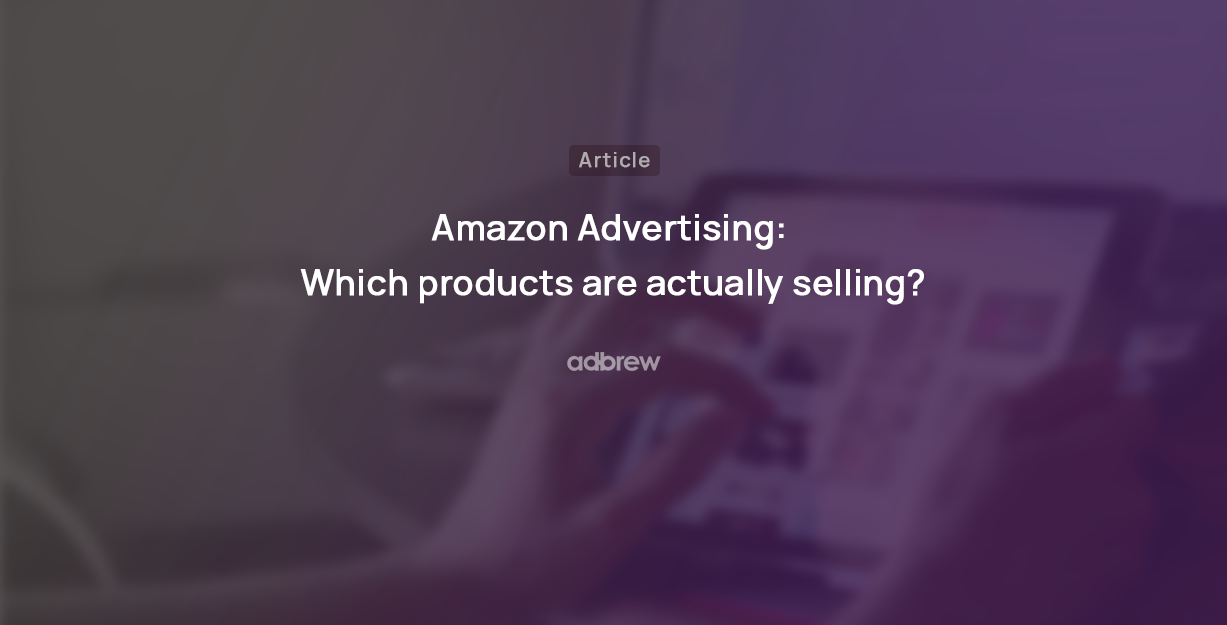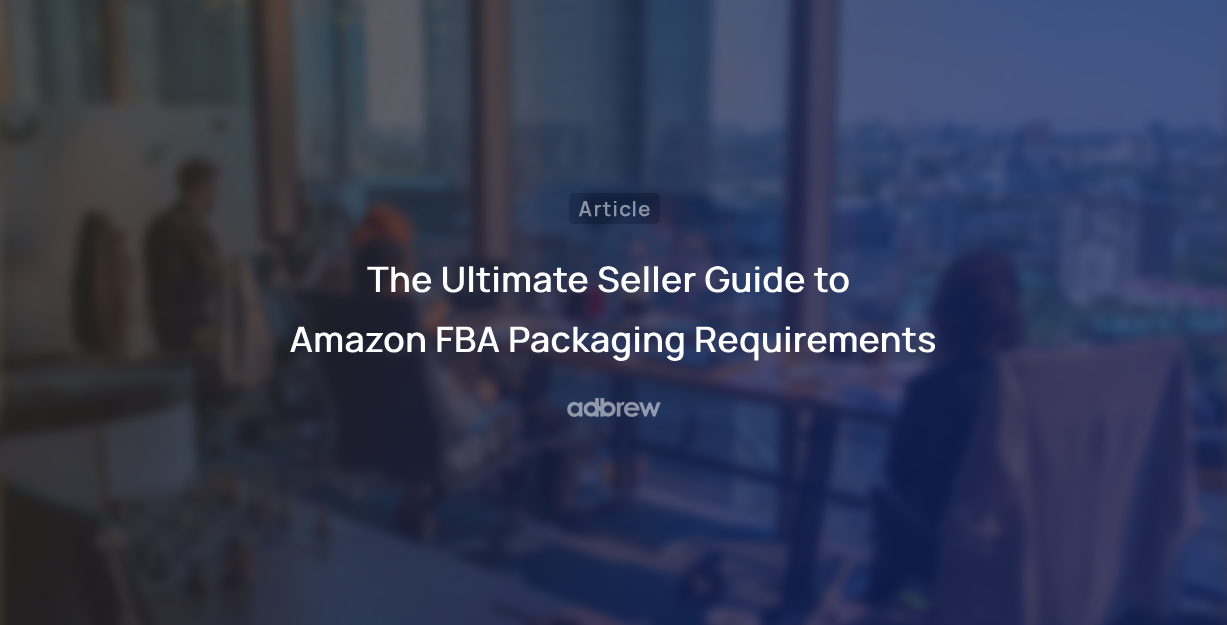
Thinking about using Fulfillment by Amazon (FBA) to sell on the Amazon marketplace?
Awesome! But before you box up your products and ship them off, there’s a crucial step: understanding Amazon’s FBA packaging requirements.
In this blog post, we will discuss all the key Amazon FBA packaging requirements to ensure your products arrive safely at Amazon’s fulfillment centers, ready to be shipped out to eager customers.
Amazon FBA Packaging Requirements
Numerous packaging rules and requirements must be considered. Below, we’ll break down the key aspects to ensure your products have a smooth journey to Amazon’s fulfillment centers and, ultimately, to satisfied customers.
1. Amazon FBA Product Barcode Requirements
Numerous packaging rules and requirements must be considered. Below, we’ll break down the key aspects to ensure your products have a smooth journey to Amazon’s fulfillment centers and, ultimately, to satisfied customers.
a. Barcodes from Manufacturers
Amazon will automatically use the existing manufacturer barcode (such as a UPC barcode) on your product unless you specify otherwise.
This barcode allows Amazon to identify your product and potentially fulfill orders from the inventory closest to the buyer if multiple sellers offer the same product.
Every product or variant (like different sizes or colors) needs a scannable barcode, typically the manufacturer’s, unless it’s exempt or you’ve chosen to use an Amazon barcode instead.
b. Barcodes from Amazon (FNSKU)
Products that don’t have a manufacturer barcode need an FNSKU barcode applied.
- You have three options for applying the FNSKU barcode:
- Have your manufacturer print it on the packaging.
- Pay Amazon to label your products.
- Print and apply the labels yourself during the creation of the FBA shipment.
If your product qualifies for a GTIN exemption from Seller Central because it doesn’t have a manufacturer barcode, the Amazon barcode will be used on all your items.
Important Points to Remember:
- Regardless of whether you use a manufacturer barcode or an Amazon barcode, ensure all labels are clear and readable upon arrival at the fulfillment center. Don’t obscure the barcode with other labels or packaging.
- Brand owners enrolled in the Amazon Brand Registry can apply for a GTIN exemption if their brand-new product lacks a manufacturer barcode.
- Manufacturers or brand owners who want to print barcodes directly on their packaging can use a GS1 standard UPC barcode.Whet
How the FNSKU Barcode Is Printed
When making a shipment plan in Seller Central and selecting “Who labels as a merchant,” you’ll be given the option to print the FNSKU labels yourself.
Alternatively, you can find the FNSKU on the product’s control inventory page and print labels by selecting “Print item labels” from the drop-down menu. The labels will be generated as a PDF that you can email to your supplier for printing on your products.

2. Amazon FBA Label and Inbound Shipping Requirements
Here are some inbound shipping guidelines you need to adhere to once you have all of your products ready to ship to Amazon fulfillment center.
a. Labels and Paperwork:
There can be some confusion about labels for FBA shipments. Here’s a breakdown of what you’ll need:
- Amazon FBA Shipment ID Label: This unique barcode label, generated by Amazon when you create a shipment plan, identifies your shipment and tells Amazon where to send each box. You can print these labels yourself and send them to your supplier or have Amazon send them directly to the shipping address.
- Carrier Label (Optional): If you’re not using Amazon’s partnered carrier program (more on that below), you’ll need to schedule a shipment with a carrier like UPS, FedEx, or DHL and use their labels.
b. Amazon's Partnered Carrier Program (SPD):
Amazon’s partnered carrier program is a great option for new sellers or those shipping smaller shipments. It offers discounted rates and eliminates the hassle of scheduling your own pick-up.
Amazon will bill you for the shipping costs as inbound transportation charges on your seller account.
c. Boxing Up Your Products:
- Box Requirements: Use sturdy, new, or like-new boxes at least 6 x 4 x 1 inch in size. Boxes cannot exceed 25 inches on any side and must weigh less than 50 pounds in total.
Avoid using oversized boxes, Gaylord boxes, display boxes, point-of-sale containers, or anything that can’t be securely sealed.
- Packing for Safety: Proper packaging is crucial to ensure your products arrive at Amazon’s facilities undamaged. Use high-quality packing tape to seal all seams and edges securely.
Fragile items should be carefully wrapped and cushioned with materials like bubble wrap or packing peanuts.
c. Carton Specifications:
Your boxes’ size and weight limitations will depend on whether you use Amazon’s partnered carrier program (SPD) or a different carrier.
- SPD Shipments: Boxes cannot exceed 25 inches on any side, weigh more than 50 pounds, and can hold a maximum of 200 units per carton.
- Non-Partnered Carrier Shipments: Boxes cannot exceed 25 inches on any side, weigh more than 50 pounds, and hold a maximum of 500 units per carton.
3. General Amazon Packaging Requirements for FBA
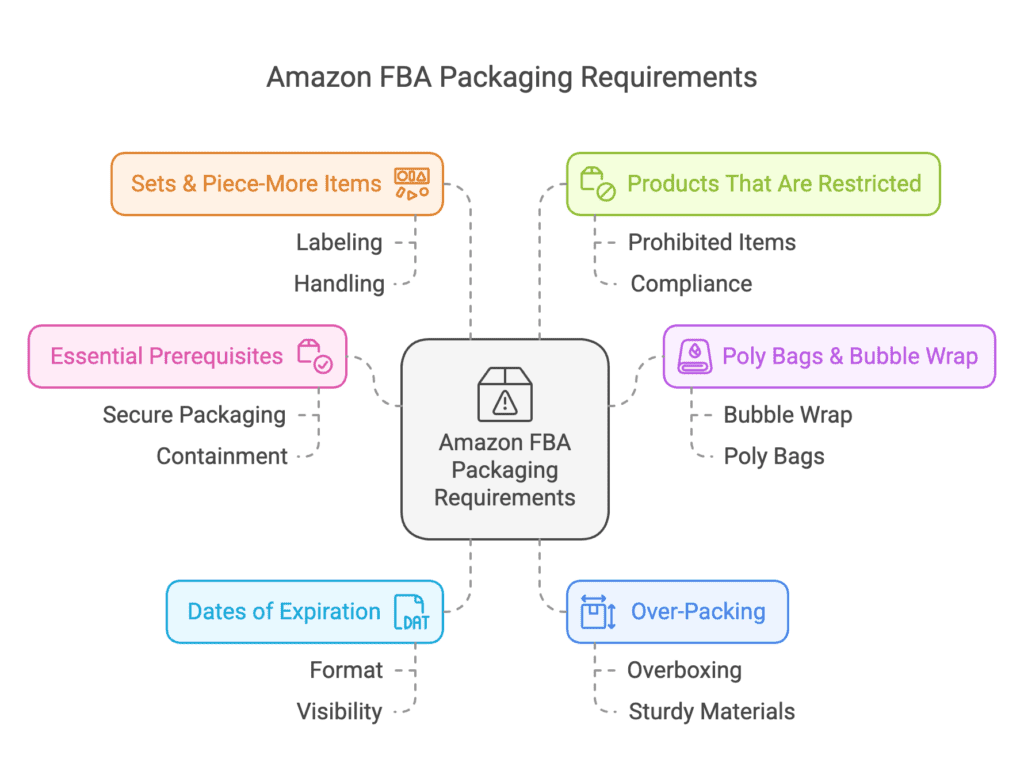
a. Essential prerequisites
All products transported to Amazon’s fulfillment facilities need to be packaged securely. This means everything, including loose or individual objects like gadgets, books, and makeup, must be contained in a box, bag, or other container.
b. Poly Bags & Bubble Wrap
Individual articles might be packaged in plastic bags or wrapped with bubble wrap to offer further protection. The following rules are applicable:
Items with bubble wrap should be securely wrapped to survive drops without breaking.
Poly bags need to be completely sealed and adhere to minimum thickness requirements. Labels warning of suffocation must be placed on poly bags larger than five inches.
Barcodes must be affixed to the outside or remain visibly scannable through poly bags.
c. Dates of Expiration
The dates on items with best-by or expiration dates must be entered in the format MM-DD-YYYY or MM-YYYY. Any modifications must have a label placed over the original date in the correct format.
Products that require further preparation, such as poly bags or bubble wrap, must have their expiration dates visible on the outside package to identify them upon receipt.
d. Over-Packing
Amazon may request “overboxing,” or packing a product within a second outer box, for exceptionally large or heavy products. This also holds for incredibly delicate objects that fail drop testing.
Sturdy double-walled cardboard must be used in overboxes for heavy objects weighing over 50 pounds.
e. Sets & Piece-More Items
If a product is offered in sets or has several parts that make up a single item, more precautions must be taken. Every set has to include a label that makes it obvious it shouldn’t be broken apart, such as “Sold as set” or “Do not separate.” This guarantees that the parts stay connected.
Amazon does not accept things that come in several pieces and need to be assembled, like furniture. Every unit must be prepared and packed for shipment to clients.
f. Products That Are Restricted
Recall that Amazon forbids the storage of some extremely dangerous, combustible, or perishable items in its fulfillment facilities. Before sending big orders, make sure to review Amazon’s list of prohibited items.
Common Mistakes to Avoid with Amazon FBA Packaging
Several typical mistakes sellers make when it comes to FBA packing might result in non-compliance or processing delays at Amazon’s fulfillment facilities. These are some of the most typical errors to stay away from.
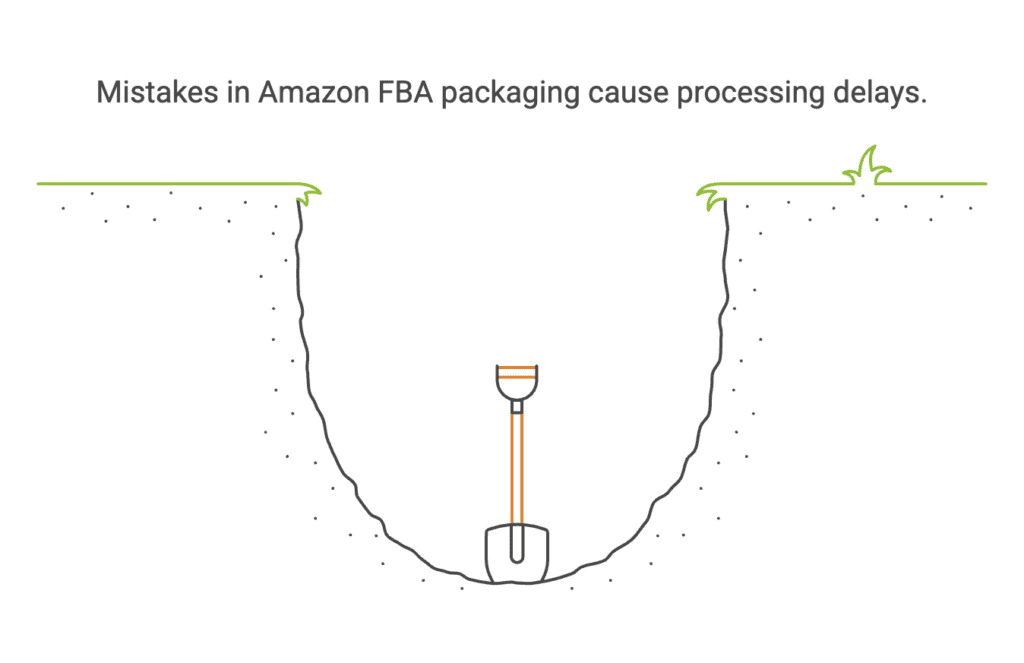
#1 Inaccurate Labelling
Processing delays and non-compliance can also result from incorrect labeling, which is another frequent error. Ensure that the FBA label and any additional necessary labels are accurately applied to your items following Amazon’s specifications.
#2 Inadequate Materials for Packaging
One of merchants’ most frequent errors is using inadequate packaging materials. As a result, product damage during shipping may occur, which might lead to unhappy customers, refunds, and decreased sales. To avoid this, make sure you utilize appropriate packaging materials to safeguard your items during transit.
#3 Excessive Packaging
Overpackaging can be an issue, even though utilizing enough packing materials to preserve your items is crucial. An excessive amount of packaging can be expensive and bad for the environment. To safeguard your items without overpackaging, employ the right amount of packing materials.
#4 Wrong Dimensions for the Box
Another typical error is using the wrong box dimensions. Boxes that are too small or too big may incur additional costs or cause processing delays since Amazon has strict guidelines on box size. To prevent these problems, ensure the boxes you use comply with Amazon’s specifications.
#5 Inaccurate or Partial Packaging Information
Finally, non-compliance and processing delays may result from erroneous or insufficient package information. To prevent such problems, ensure all packing information, including box weight and dimensions, is correct and comprehensive.
Amazon FBA Packaging Checklist
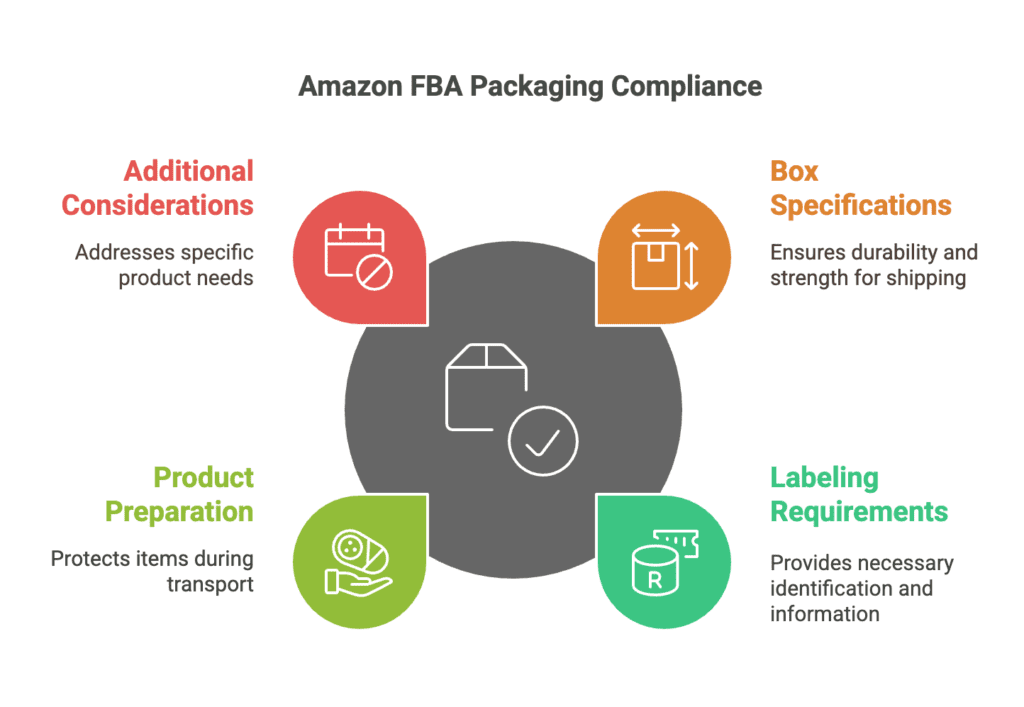
Ensuring your products are properly packaged for Amazon FBA fulfillment is crucial for a smooth customer experience. This checklist will guide you through the essential steps for preparing your inventory.
- Boxes and Bags:
- Use rigid, new, and six-sided boxes (Regular Slotted Carton – RSC) with B flute construction for durability.
- Ensure boxes have a minimum Edge Crush Test (ECT) of 32 and a burst strength of 200 lbs. per square inch.
- Opt for transparent polybags with a minimum thickness of 1.5 mil for appropriate items.
- Polybags exceeding 3 inches beyond product dimensions are not allowed.
- Use opaque black polybags for adult products.
- Labeling:
- Clearly display each product’s Amazon FBA label (FNSKU) on the outside of the box.
- Include a single address label with clear delivery and return information.
- Cover any preexisting labels or barcodes on the box.
- Ensure all labels are scannable and not folded or damaged.
- For multi-item products, include “Sold as Set” labeling on the packaging.
- Product Preparation:
- Individually wrap each item for protection during transport.
- Use approved packing materials like bubble wrap, kraft paper, air pillows, or foam sheeting.
- Fill any empty space within the box to prevent items from shifting.
- Securely fasten lids or closures to prevent accidental opening.
- Additional Considerations:
- Add expiration dates (MM-DD-YYYY or MM-YYYY format) for relevant products.
- Include suffocation warnings on sealed polybags, especially for those containing small parts.
- Familiarize yourself with special packaging requirements for specific product categories (e.g., liquids, hazardous materials).
Frequently Asked Questions (FAQs)
What shipping labels do I need for Amazon FBA products?
Each shipping boxes must have a box ID barcode sticker, and each product inside must have a scannable manufacturer barcode or an Amazon FNSKU barcode. Labels should be placed according to Amazon’s specific positioning guidelines and must not contain any special characters.
What kind of labels are needed for Amazon FBA products?
Depending on whether an item is offered singly, bundled/kitted, or case packaged, carefully adhere to Amazon’s category-specific packing and preparation rules.
Use the appropriate specialized packaging as needed for hazardous, liquid, or restricted materials. Unpackaged goods run the risk of being rejected or ruined.
Does Amazon supply packaging materials?
Each shipment box must have a box ID barcode sticker, and each product inside must have a scannable manufacturer barcode or an Amazon FNSKU barcode. Labels should be placed according to Amazon’s specific positioning guidelines and must not contain any special characters.
Can I use recycled boxes for my Amazon FBA shipments?
No, Amazon requires that all boxes used for FBA shipments be brand-new, robust, and undamaged. Recycled, previously used, or damaged boxes are not accepted as they may compromise the integrity of the shipment and lead to damage during transit.
Why is Amazon rejecting shipments from you?
Sellers suffer greatly when Amazon rejects their shipments. This won’t often occur, though, if you carefully follow Amazon’s shipping and packaging guidelines.
- Some of the most typical explanations for Amazon rejections are:
- Not using a shipping company authorized by Amazon, particularly in the USA.
- There is no shipment label attached to the package.
- The pallet is overweight, dangling over the edge, or both.
- The package was withdrawn or canceled.
- There is a delivery plan that is beyond 90 days old.
- The package arrives at an Amazon facility from abroad, but no customs or taxes have been paid.
What is the ideal package size for FBA?
There’s not a single “ideal” size for FBA packages, but rather a range to follow. Amazon outlines minimum and maximum dimensions:
- Minimum: At least 6 x 4 x 1 inches (length x width x height)
- Maximum: No more than 25 inches on any side (length, width, or height)
However, within this range, you’ll want to aim for the smallest box possible that can comfortably hold your product with proper cushioning materials. This minimizes dead space and reduces your storage and fulfillment fees.
What happens if my shipment does not meet Amazon's packaging requirements?
If your shipment does not meet Amazon’s packaging requirements, it may be rejected upon arrival at the fulfillment center. This can result in additional costs, delays, and potential damage to your items. Inconsistent or non-compliant packaging can also lead to your account being flagged for review.
What should I do if Amazon rejects my shipment?
If Amazon rejects your shipment, review the rejection reason provided by Amazon, rectify the issue, and ensure all future shipments comply with Amazon’s guidelines. Common reasons for rejection include using non-compliant packaging, missing shipment labels, overweight pallets, and overdue delivery plans. Addressing these issues promptly can help prevent further rejections and disruptions to your business.
Recent Posts
Take your Amazon PPC advertising to the next level

Related Blogs
Running Amazon ads with an empty shelf? You might as well be burning cash. Many sellers focus on optimizing bids, […]
In today’s competitive digital landscape, growing your eCommerce brand requires more than just a standalone website or a single marketplace […]
Are you an Amazon seller looking to offload excess inventory or seasonal items? The Amazon Outlet program might be just […]
Turning your bookshelf into a source of income has never been easier, thanks to Amazon. If you have books collecting […]
If you’re an Amazon seller, encountering an account suspension or policy violation can be a significant setback. But with the […]
Introduction Amazon dropshipping is an increasingly popular way to run an e-commerce business without the need to store or ship […]
Introduction The Amazon Influencer Program is a great way for content creators to turn their influence into earnings. This program […]
Introduction Amazon Kindle Direct Publishing (KDP) is a platform that allows authors to self-publish their work as ebooks or print […]
Selling on Amazon offers many opportunities for businesses, but it’s essential to understand the costs involved with Fulfillment by Amazon […]
Walmart is quickly becoming a popular platform for brands and sellers to connect with more customers. One way to boost […]
In today’s competitive retail landscape, reaching the right audience at the right time is crucial for success. Walmart’s Demand Side […]
In today’s fast-paced eCommerce landscape, shoppers demand speedy delivery. Walmart has responded by offering 2-day shipping, giving sellers on the […]
Running successful Walmart advertising campaigns takes more than just setting them up—it requires ongoing optimization. A Walmart PPC (Pay-Per-Click) audit […]
Are you ready to tap into the massive potential of Walmart Marketplace? With millions of daily visitors and a loyal […]
In the world of e-commerce, Amazon and Walmart reign supreme, dominating the retail landscape. These two giants offer vast opportunities […]
Are you a brand owner struggling to maintain control over your products on Walmart? The Walmart Brand Portal is here […]
Are you dreaming of a passive income stream from your Walmart store? The allure of an automated Walmart store with […]
Are you a seller looking to tap into the massive market of private-label brands? Walmart, one of the world’s largest […]
Tired of your Walmart products getting lost in the shuffle? In this blog post, we’ll dive into the essential strategies […]
Ever wondered why some Amazon sellers seem to have a magic touch with product bundles? It’s not luck—it’s strategy. Bundling […]
If you’re a Walmart seller looking to grow your business through retail media, Walmart Connect could be a game-changer. But […]
If you’re an Amazon seller, you may have noticed a portion of your inventory marked as “reserved” without knowing exactly […]
Have you ever wondered what managing your own Amazon orders is like? Switching from Fulfilled by Amazon (FBA) to Fulfilled […]
Walmart Marketplace offers an exciting opportunity for sellers to reach a vast audience by listing their products on Walmart’s platform. […]
Selling products on online marketplaces has become a vital strategy for businesses to reach more customers. If you’re looking to […]
Are you a Walmart seller aiming to improve your visibility and sales? In this blog, we will explore Walmart SEO, […]
As an Amazon brand owner, maintaining control over your product listings is essential to protect your brand’s reputation and customer […]
Improving your sales on Walmart starts with understanding how to consistently win the Buy Box. Securing this position can make […]
Are you an Amazon seller struggling to increase your rating? A high seller rating is crucial for attracting new customers […]
As an Amazon seller, providing the best customer service is paramount to maintaining a positive customer experience. One key metric […]
If you’re an Amazon seller and curious about Amazon IPI score and its impact on your business, this blog post […]
Introduction Starting an Amazon subscription box business presents a unique opportunity to tap into the growing trend of curated, recurring […]
Thinking about using Fulfillment by Amazon (FBA) to sell on the Amazon marketplace? Awesome! But before you box up your […]
Thinking about using Fulfillment by Amazon (FBA) to streamline your Amazon business? While FBA offers a convenient way to store […]
For FBA sellers, the Amazon Buy Box is the holy grail of product visibility. But with constant algorithm updates and […]
Have you ever wished you could offer customers pre-made packages of complementary products without the hassle of physically bundling them […]
Have you ever wanted to create a more branded and engaging presence for your products on Amazon? An Amazon storefront […]
Are you storing items on Amazon for a while? If so, it’s important to be aware of Amazon long term […]
When selling products on Amazon, it is crucial to follow their packaging requirements, rules, and guidelines. Proper packaging ensures that […]
Amazon A/B testing can significantly enhance your product listings and boost sales. This method, also known as split testing, involves […]
Have you ever browsed Amazon and stumbled upon a product with a little blue badge that reads “Amazon’s Choice“? It […]
Amazon FBA vs FBM needs to be explored, when we ship products and handle orders while selling on Amazon. With […]
Ever feel like you’re missing something in your Amazon PPC Search Terms report? You might be! Sure, they show what […]
Amazon can be a fantastic platform to reach new customers, but keeping your virtual shelves stocked can get tricky. That’s […]
Navigating Amazon as a new seller can be tough, but there are tools and programs available to help such as […]
Have you ever scrolled through an Amazon search result page and noticed product recommendations nestled alongside the standard listings? These […]
Finding time for yourself while selling on a competitive marketplace like Amazon can be challenging. As a seller, your main […]
Starting an E-commerce business has become quite easy with Amazon, but it also brings heavy competition. Millions of Amazon sellers […]
As an Amazon seller, you know the importance of getting your products seen. But with millions of listings, how do […]
Ever scrutinized an Amazon product page and noticed the cryptic “Sales Rank”? Wondering what it means and how it impacts […]
Millions of products compete for customer attention on Amazon’s search results page, making it tough for your brand to stand […]
Are you selling products on Amazon and looking to increase your sales? This blog is for you. We’ll share tips […]
Are you an Amazon seller looking to boost your brand visibility and profitability? Are you feeling stuck in the cycle […]
Ever wonder what drives your online shopping habits? Perhaps a captivating product description, or an eye-catching professional photo? As it […]
For any seller on Amazon, understanding the A9 algorithm is crucial for success. This complex algorithm dictates which products appear […]
Are you an Amazon seller looking to turn those single purchases into recurring revenue? Look no further than the Subscribe […]
Amazon has become a go-to platform for all e-commerce business owners to launch and scale their e-commerce brands online. But […]
Mother’s Day, a time to celebrate the incredible women who raised us, is a prime opportunity for Amazon sellers to […]
In the ever-competitive landscape of Amazon, ranking high in organic search results is crucial for driving sales. While you might […]
If you’ve ever found yourself scratching your head over Sessions and Pageviews on your Amazon business reports, you’re not alone. At […]
Amazon is a massive marketplace, attracting millions of customers with diverse needs, preferences, budgets, and mindsets for shopping. To effectively […]
With Amazon boasting over $575 billion in retail sales for 2023, it’s no wonder so many sellers flock to its […]
Advertising on Amazon through pay-per-click campaigns can significantly enhance product visibility and sales for sellers. However, mastering Amazon PPC, with […]
Have you heard of the terms copyright infringement and plagiarism? If so, then Amazon Brand gating won’t be unfamiliar to […]
If you are running ads on Amazon, you’ll come across a sea of data in your advertising console. But does […]
Have you heard of the terms copyright infringement and plagiarism? If so, then Amazon Brand gating won’t be unfamiliar to […]
In the fast-paced world of e-commerce, where shoppers are bombarded with choices, standing out on platforms like Amazon is paramount […]
Are you planning to start an Amazon FBA store? If so, you’ll encounter a unique term – FNSKU. This seemingly […]
As an Amazon seller, you understand the power of reviews. They’re the lifeblood of trust and conversion on the platform. […]
Are you struggling to get Amazon reviews on your product? Well, you are not alone! Reviews are the backbone of […]
Are you tired of bland Amazon product listings failing to grab attention? In today’s competitive online marketplace, standing out is […]
As an Amazon seller, understanding how your brand performs throughout the customer journey is vital for success. However, until recently, […]
As an Amazon seller, optimizing your business and maximizing profits relies heavily on data analysis. One invaluable tool for gaining […]
Are you struggling to get noticed on Amazon’s massive platform? Do your products get lost in a sea of similar […]
For any Amazon seller getting into the world of sponsored advertising, understanding the Advertising Cost of Sale (ACoS) is crucial. […]
A well-executed Amazon product launch strategy can be the key to unlocking success and gaining a competitive edge. As the […]
In the ever-evolving landscape of e-commerce, distinguishing between keywords and search terms is vital for optimizing product visibility and driving […]
Ever felt like you are throwing darts in the dark when it comes to your marketing efforts outside Amazon for […]
Amazon, the e-commerce giant, has successfully concluded a robust business year with outstanding performance in quarter 4. The most recent […]
Picture this: you have a great product on Amazon, but it’s not selling well despite having attractive images and a […]
The advertising landscape is evolving, and viewers are rapidly migrating from traditional cable TV to streaming platforms. This presents a […]
Feeling lost in the Amazon discount jungle? Struggling to reach the right customers and entice them to make the purchase? […]
Are your products getting lost in the vast ocean of Amazon listings? Do you want them to stand out, rank higher, […]
For years, Amazon sellers were in the dark. They couldn’t see what keywords customers were using to find their products, […]
Selling on Amazon can be tough with so many others doing the same in your category. That’s why it’s super […]
For Amazon sellers, understanding their customers has often felt like navigating a maze without a map. The missing link? A […]
Have you ever felt like your Amazon advertising campaigns are lost in a tangled jungle of keywords? You’re not alone. […]
When did you last give your Amazon PPC account a checkup? Regular Amazon PPC audits are crucial to ensure the […]
Embarking on the path of online selling? If so, you’re likely aware that Amazon is your ultimate destination. With a […]
Ever felt like your product is lost in the vast Amazon jungle? You’re not alone. With millions of shoppers actively […]
Amazon Sellers selling on the Amazon marketplace usually utilize Amazon advertising without keeping a close eye on the TACoS metric. […]
The rush of Black Friday and Cyber Monday might be over, but the opportunity for continued sales growth extends beyond […]
In the fierce Amazon advertising domain, where competition rises and costs increase, understanding and keeping track of the right metrics […]
Have you ever felt the frustration of campaigns going out of budget, leading to missing out on potential sales, or, […]
Amazon PPC campaigns can be a powerful tool for driving traffic and sales to your products. However, without proper structure, they […]
Whether you are creating a new advertising campaign or optimizing existing ones, doing it manually from the Amazon ad console […]
Want to know what search terms people use to visit or purchase your product on Amazon? If yes, you’re in […]
When you are spending dollars or even more to get a click on your Amazon ads, you want to ensure […]
Are you an Amazon seller looking to maximize your profits and minimize your advertising costs? If so, you’re not alone. Many […]
Are you exclusively relying on traditional metrics such as CTR, CPC, CVR, or ROAS to make your campaign optimization decisions? […]
Navigating the ever-evolving landscape of Amazon’s online marketplace is essential for any seller looking to thrive on the platform. Among […]
As the holiday season approaches, businesses are gearing up for the highly anticipated Q4 rush. To ensure a successful Q4, […]
Do you regularly review your Amazon advertising reports? If not, you may be missing out on numerous opportunities. Amazon […]
Whether you’ve just launched a new product or have been selling on Amazon for a while, advertising on the platform […]
Amazon PPC bidding strategies that you choose play a significant role in the success of your Amazon Ads campaigns. As […]
Have you ever heard of a “catch-all campaign”? This single campaign can generate extra sales for you at a very […]
Amazon Prime Day is one of the largest global e-commerce sales events, attracting millions of customers worldwide. But how do […]
Are you looking to boost your brand’s visibility and drive more sales on Amazon? Look no further than Amazon Sponsored […]
Succeeding on Amazon in 2024 isn’t easy. Just listing your products and hoping for the best won’t work anymore. You […]
Are you bidding the same amount for all your ad placements on Amazon? If yes, then you’re missing out on […]
Whether you are looking to boost product discovery or target audiences further down the sales funnel who have already engaged […]
We, at Adbrew catalyze millions of dollars of ad spend monthly through our platform, with Sponsored Product Ads being the […]
Do you want to know how many clicks you should give a search term before adding it as negative in […]
Think of your product listing as a guiding light on the Amazon marketplace. It’s your chance to grab attention, tell […]
It is no longer a secret that shopping behavior on Amazon varies over the day. This is the reason why […]
Are you struggling to get the most out of your advertising budget on Amazon? Do you find that your campaigns […]
Ever run an Amazon Ad campaign and wondered why some sales weren’t directly linked to the products you advertised? That’s […]
If you’re managing Amazon PPC ads, it’s essential to have an effective and organized approach for target harvesting and movement. […]



